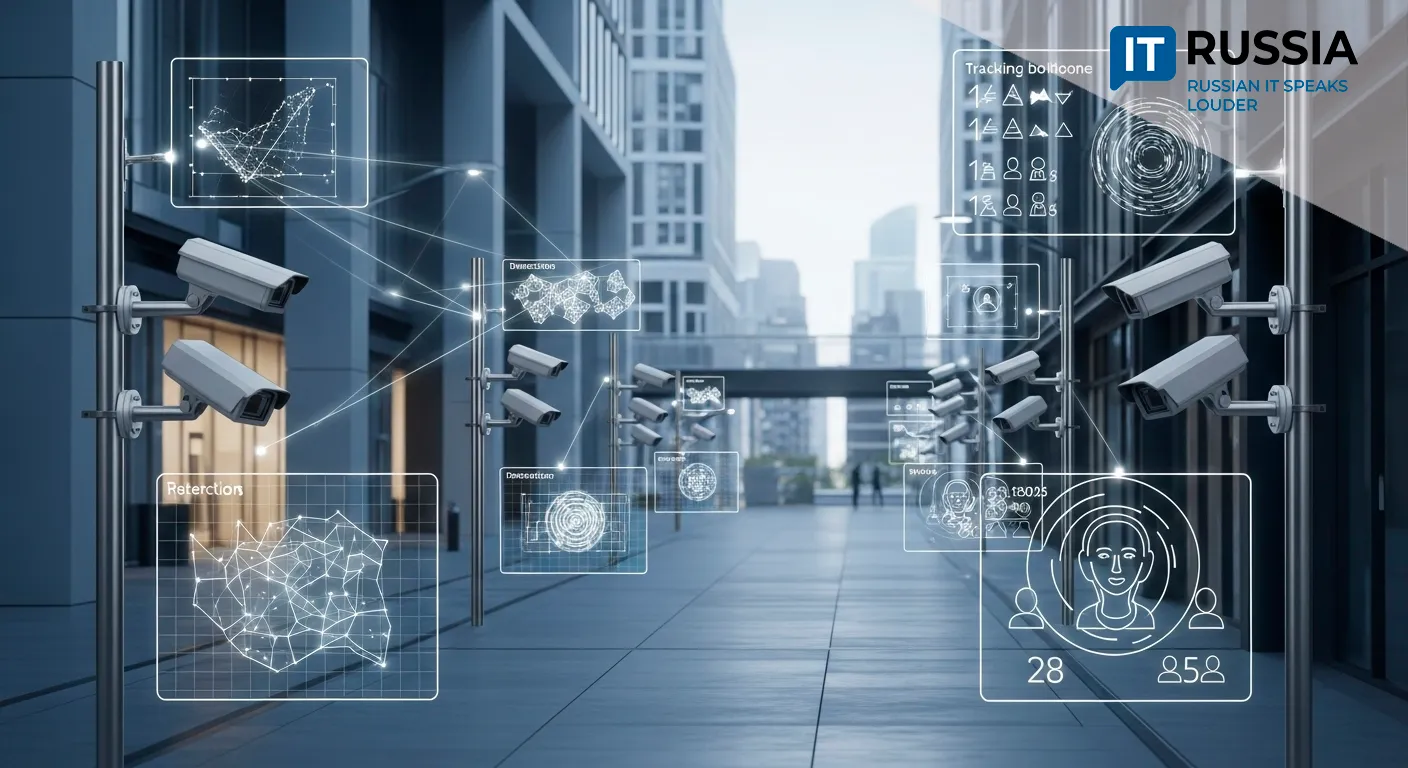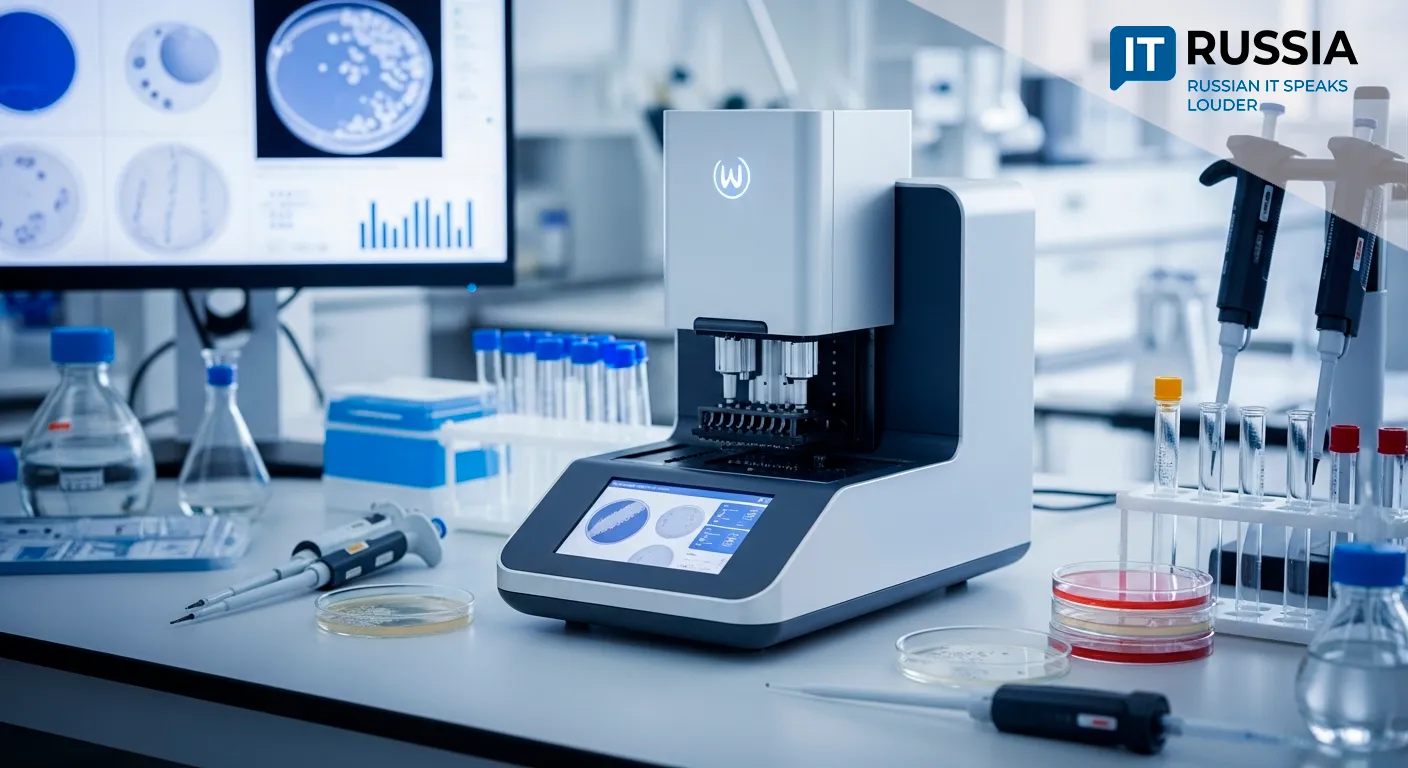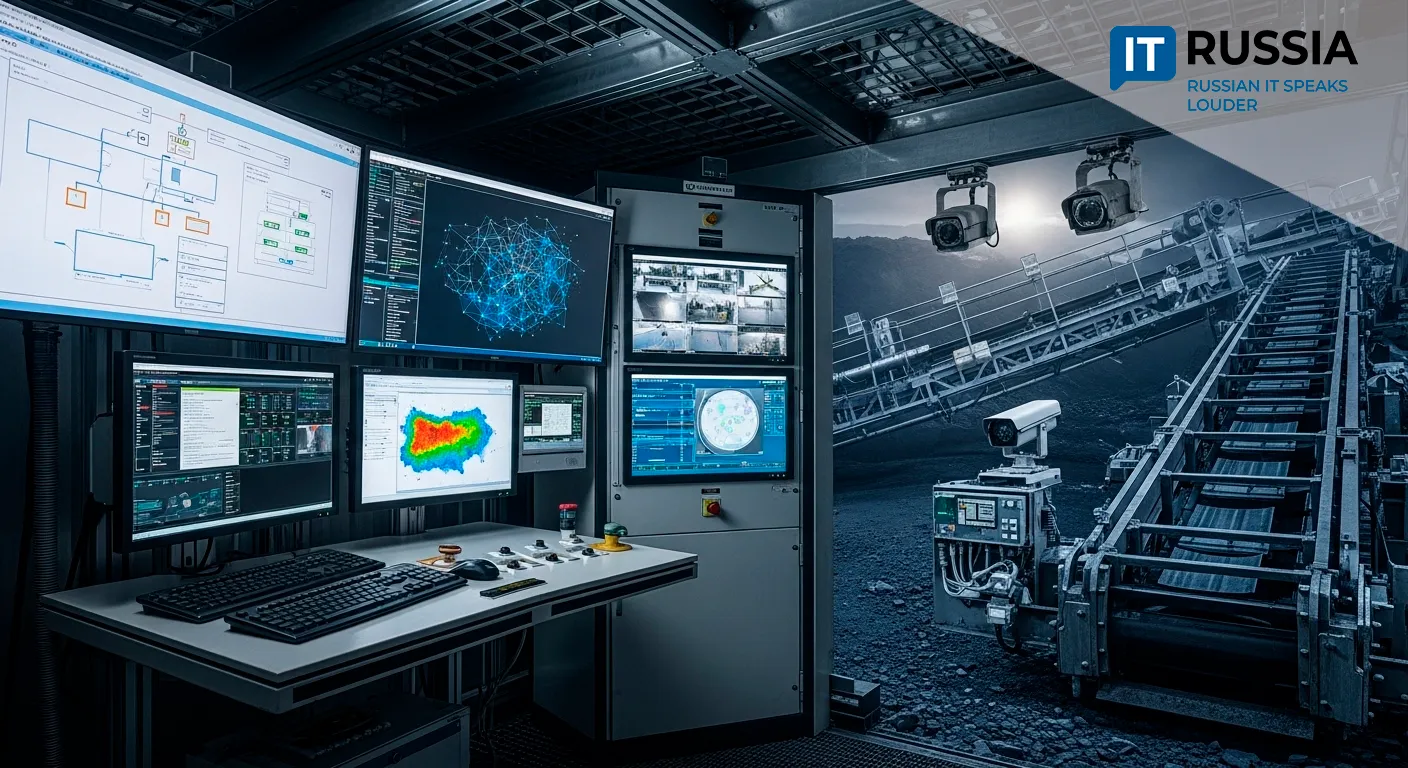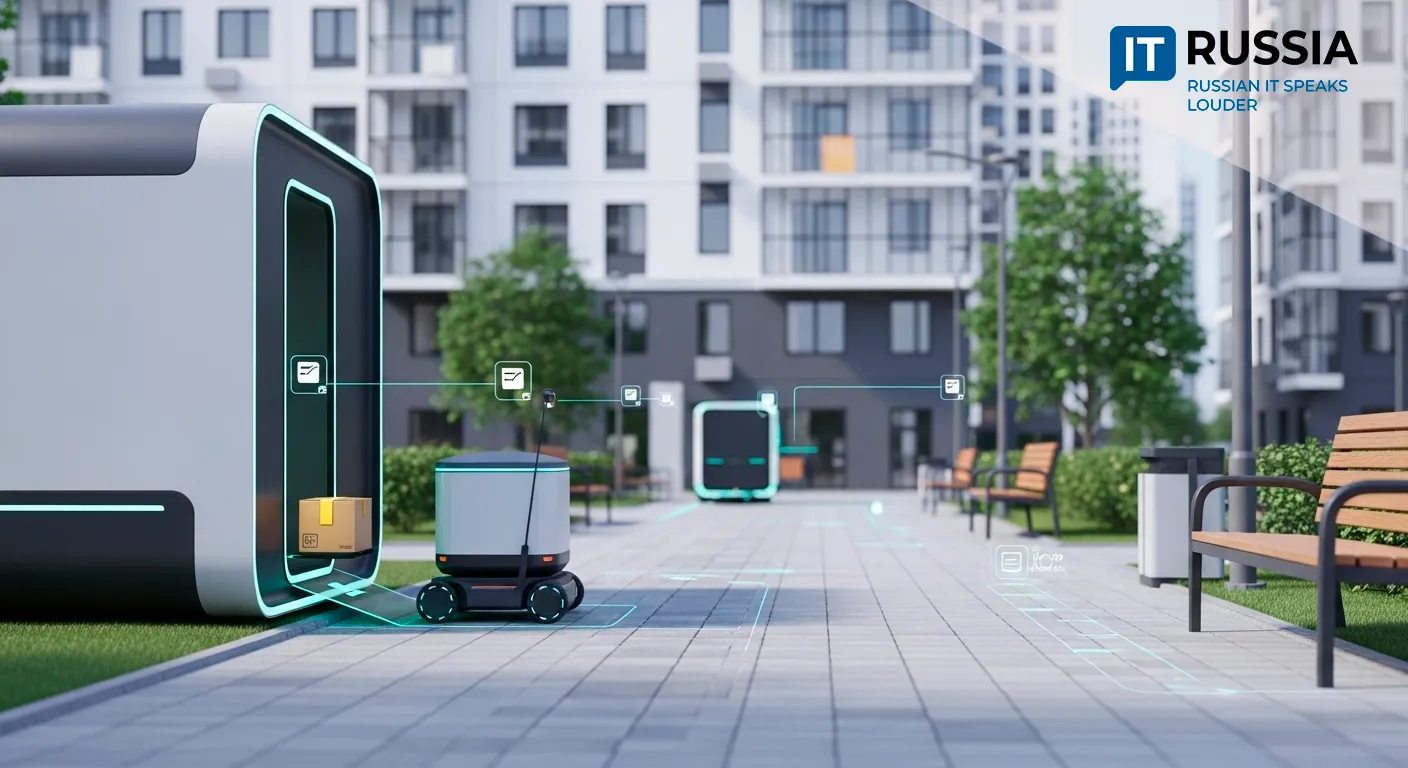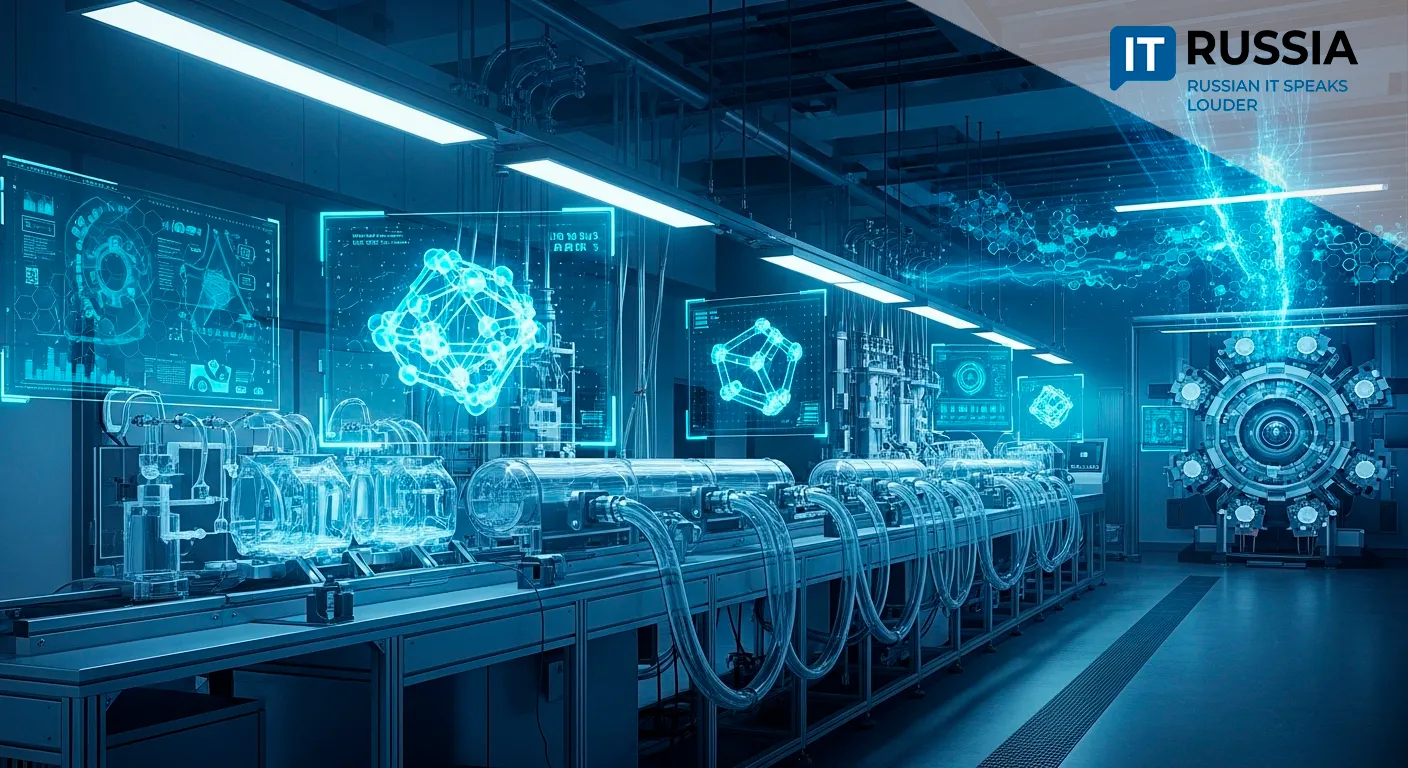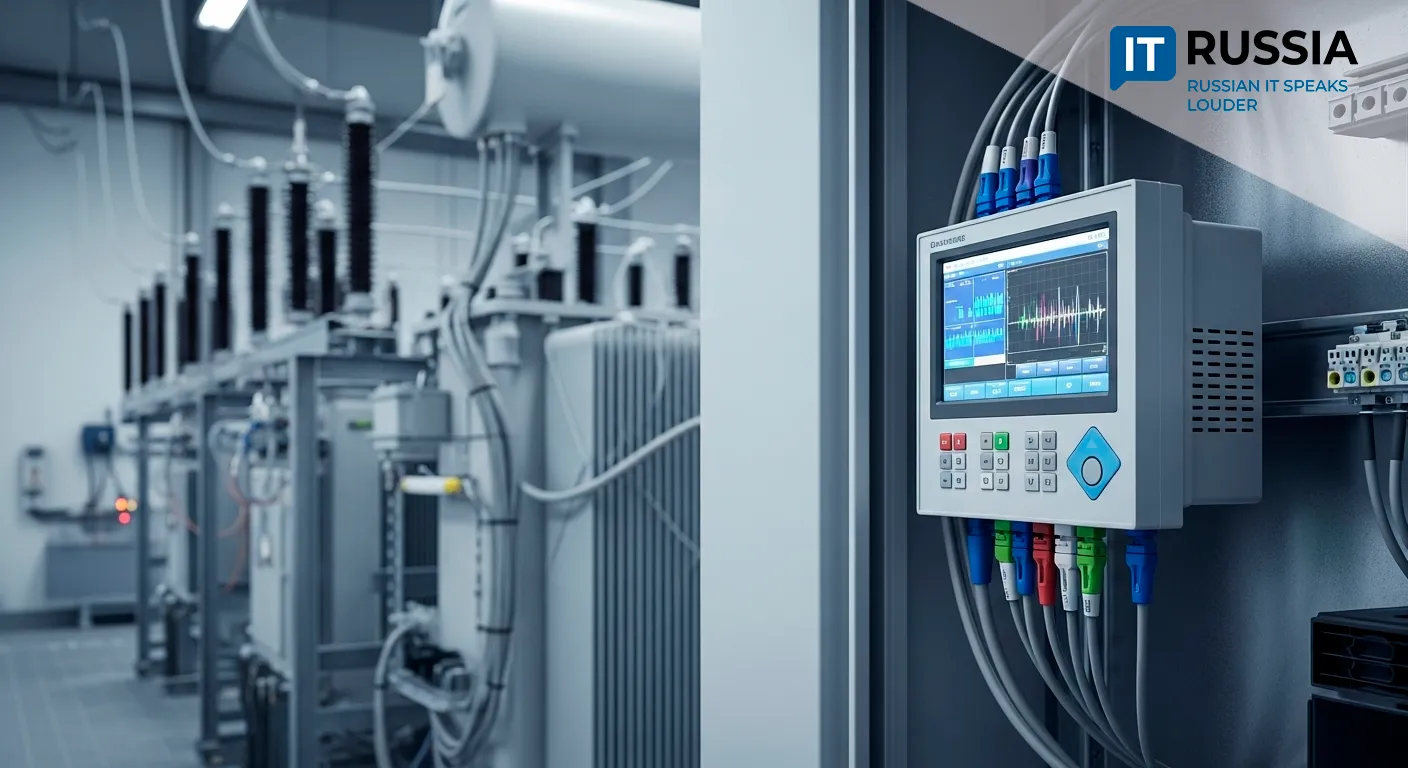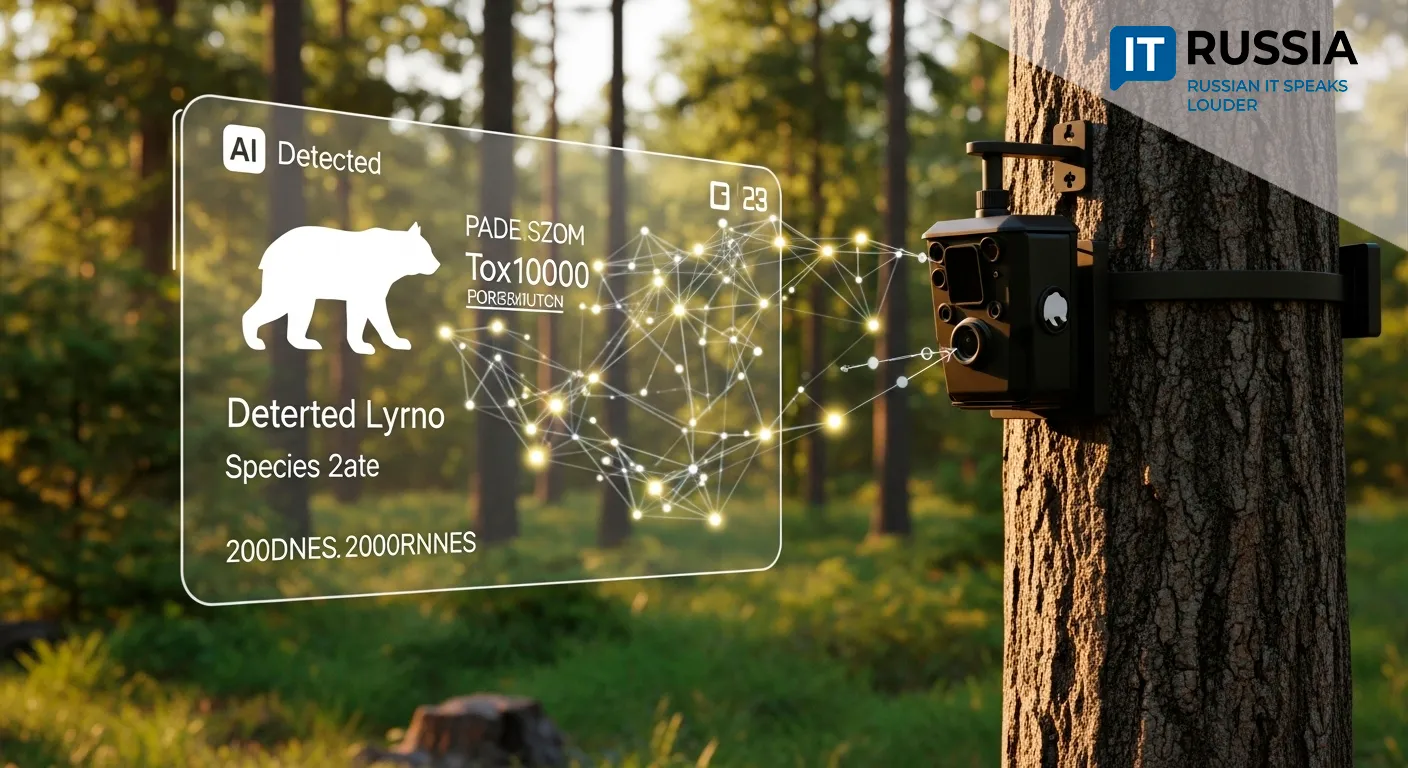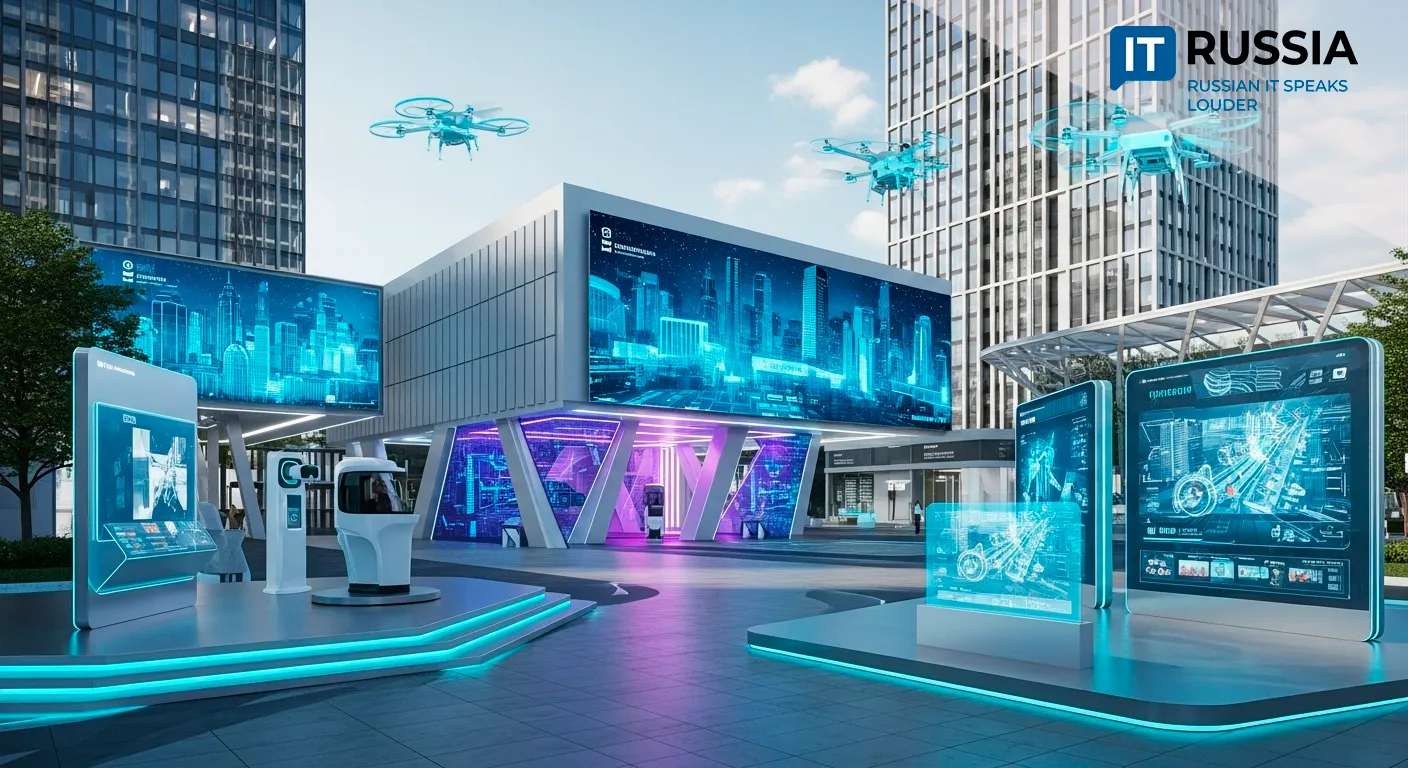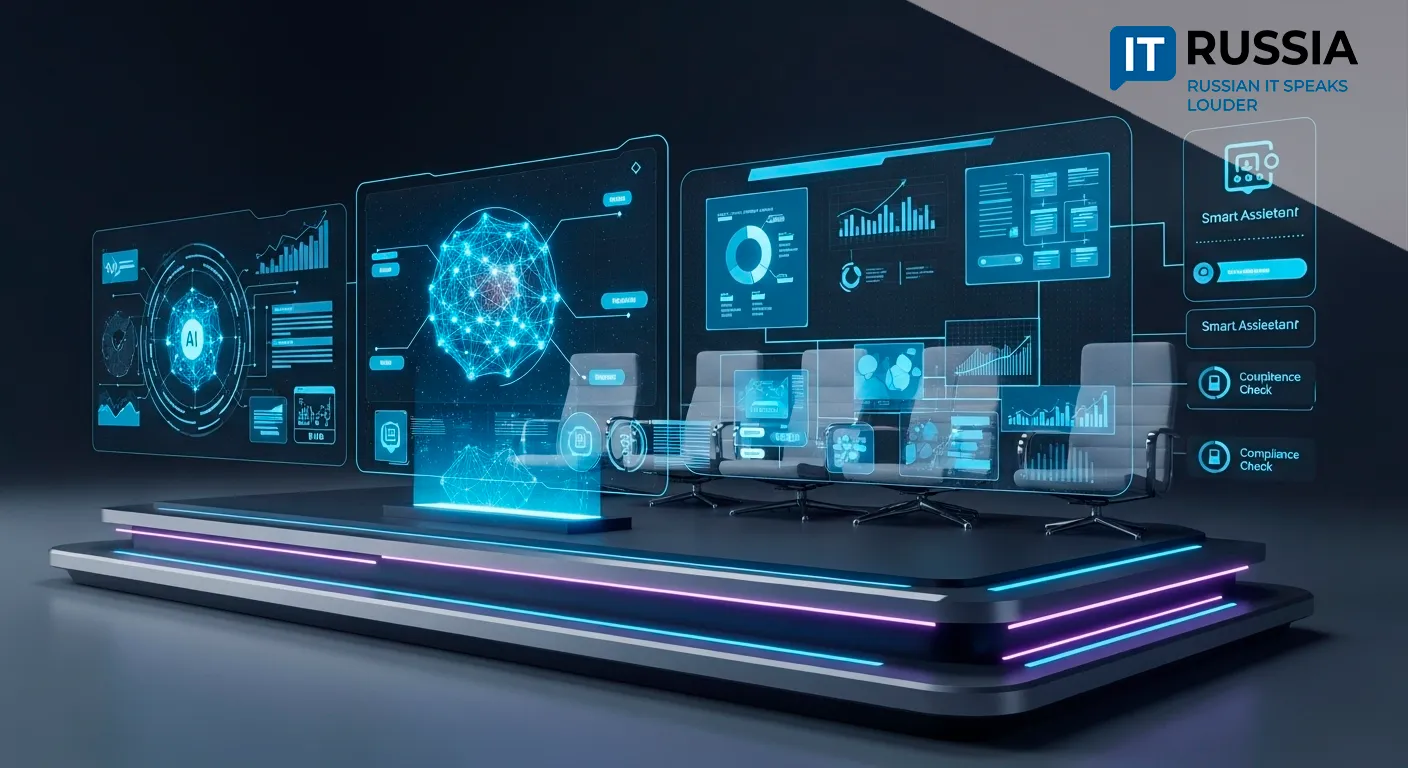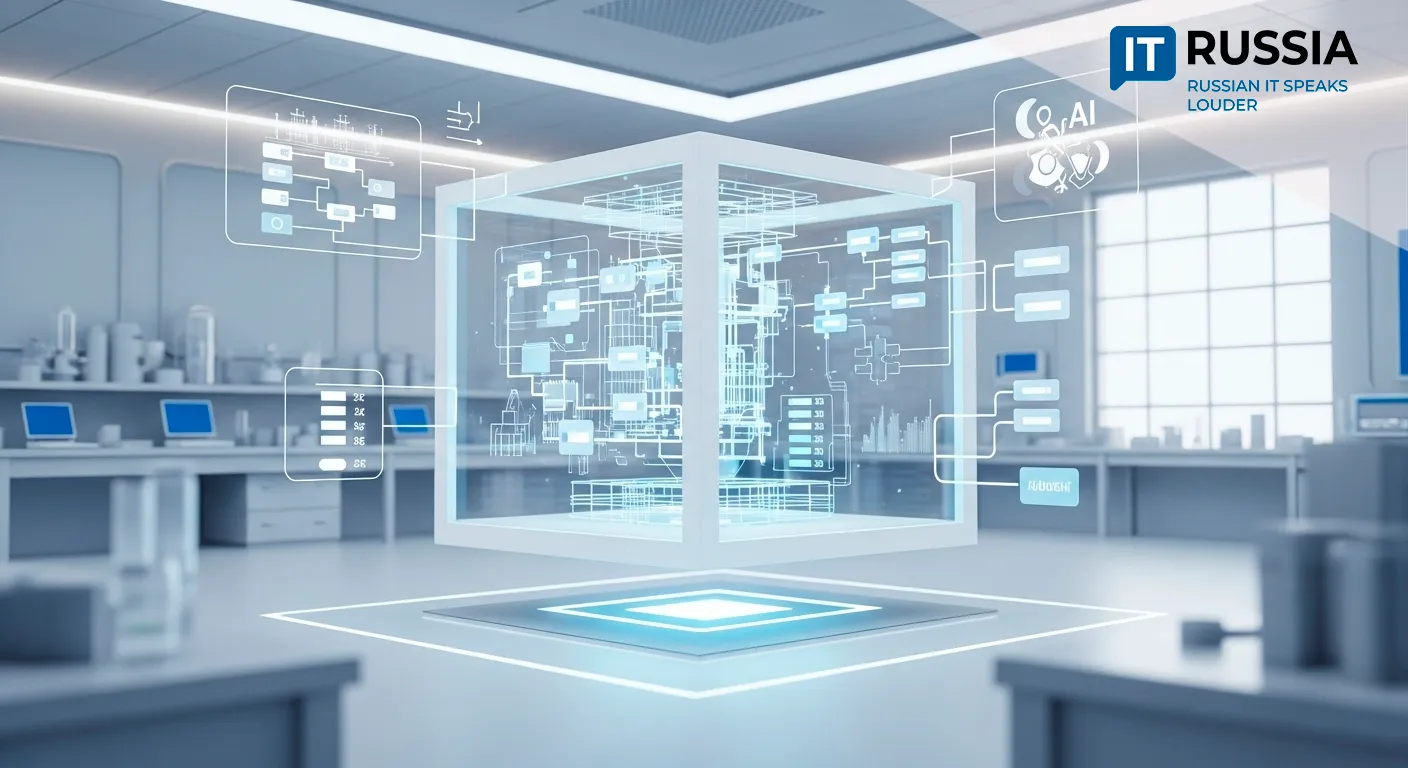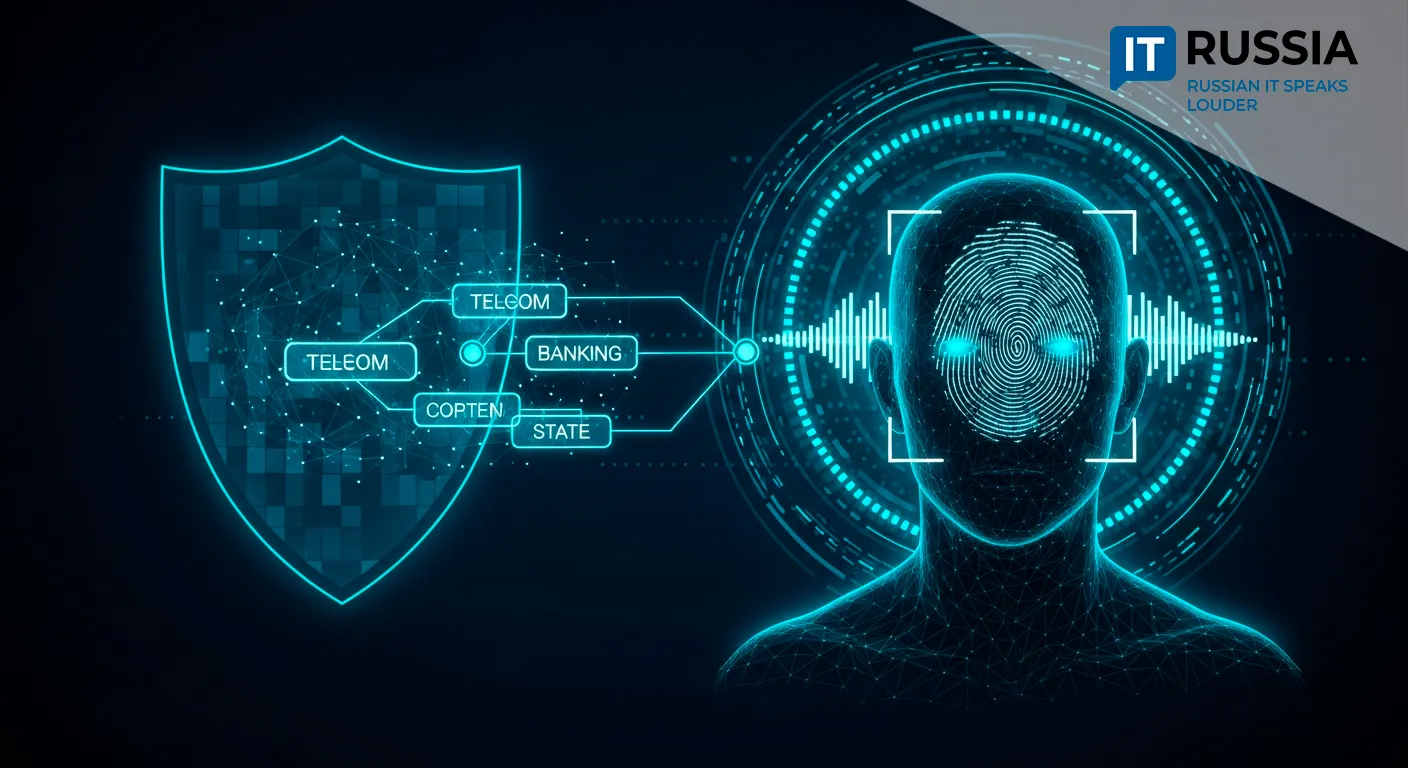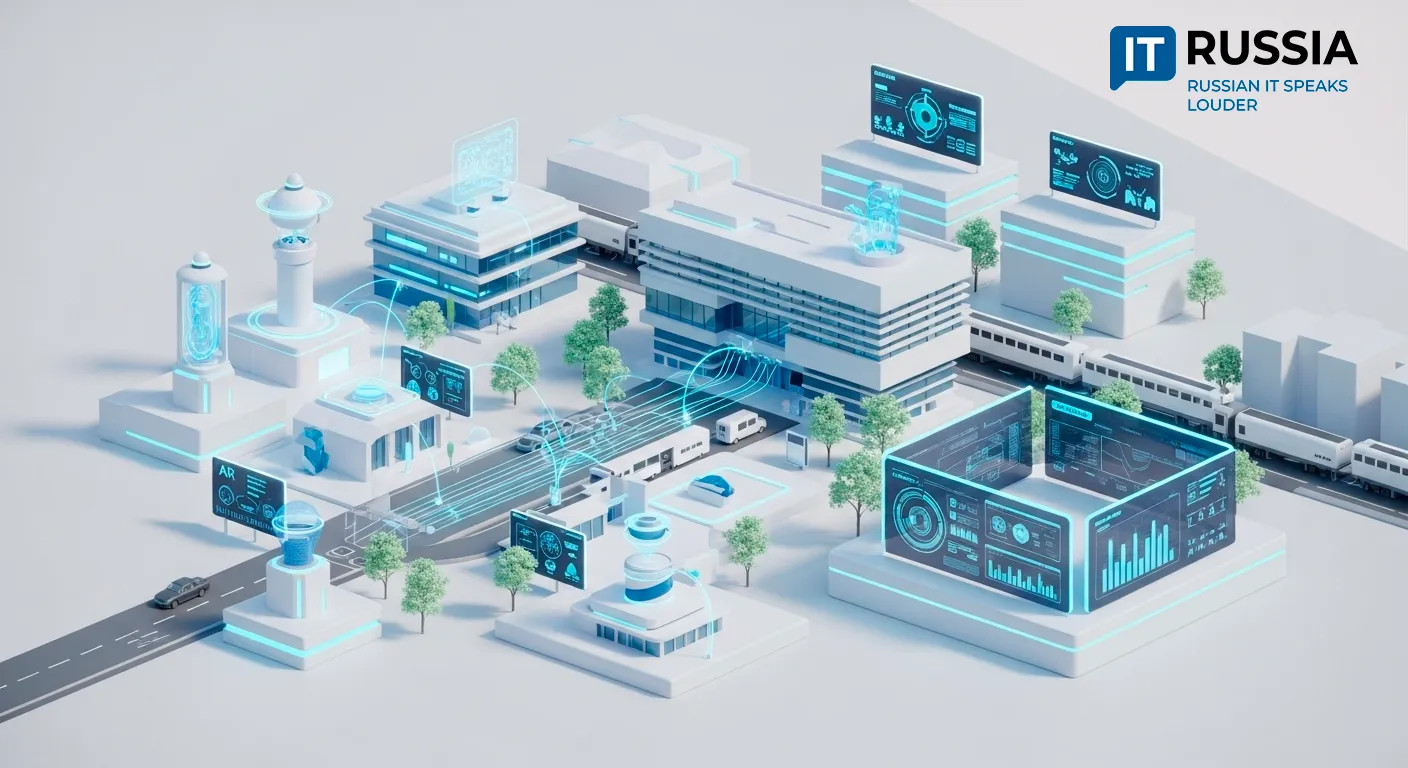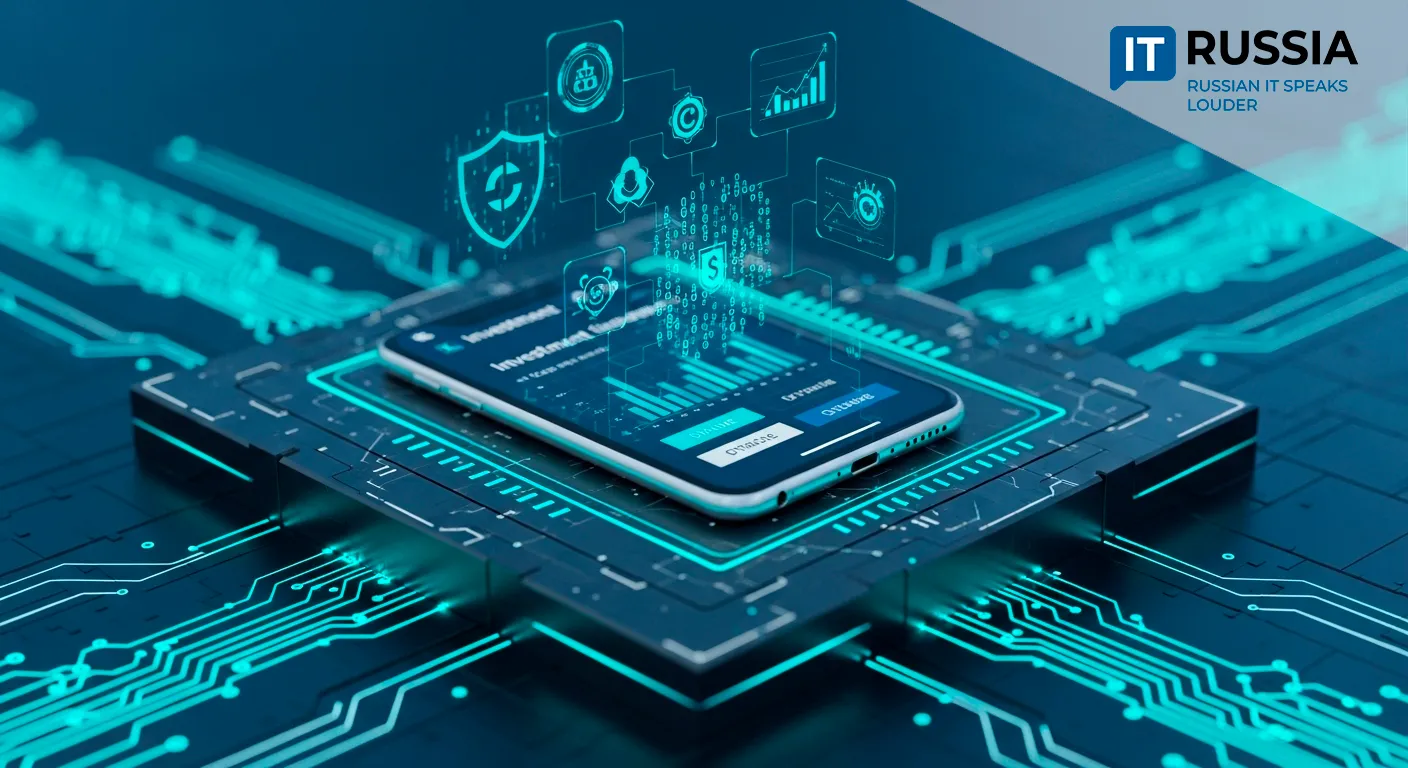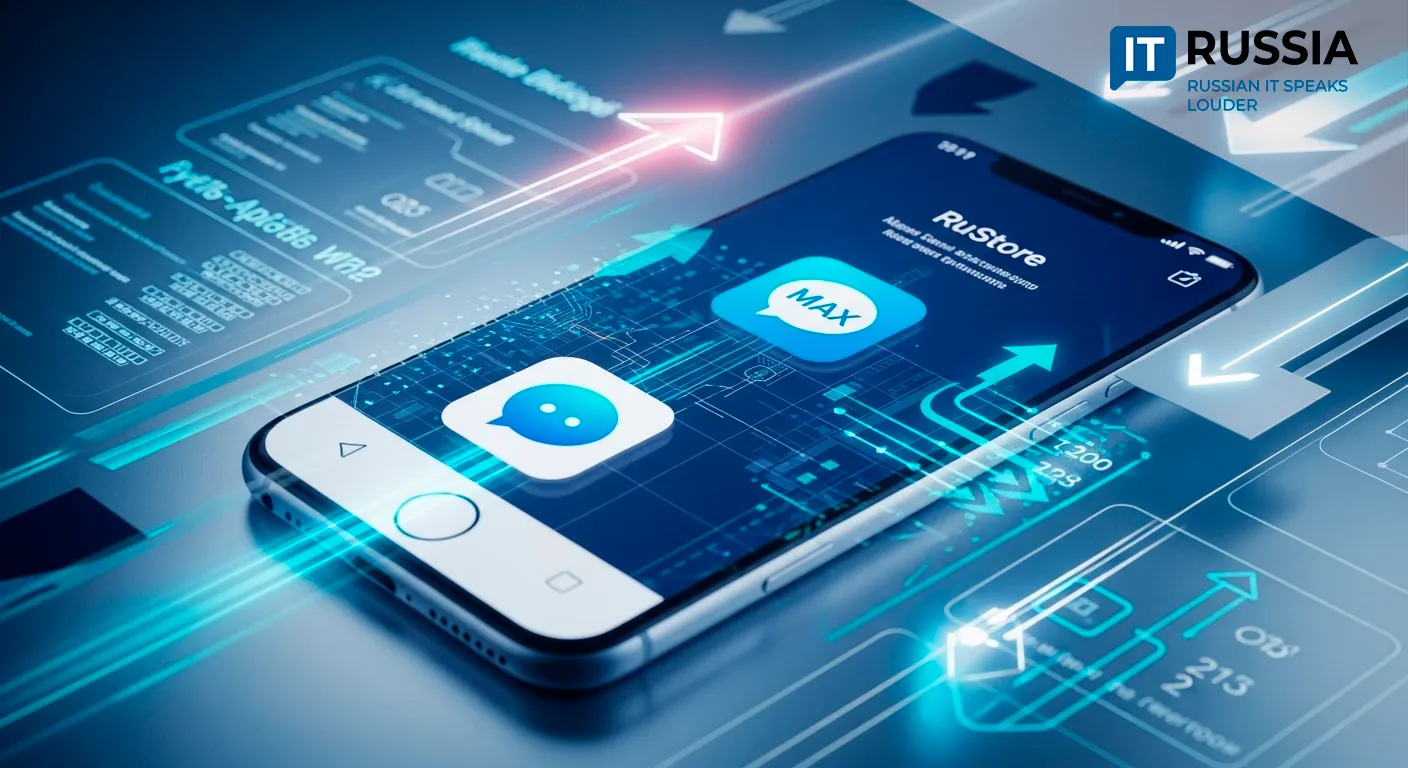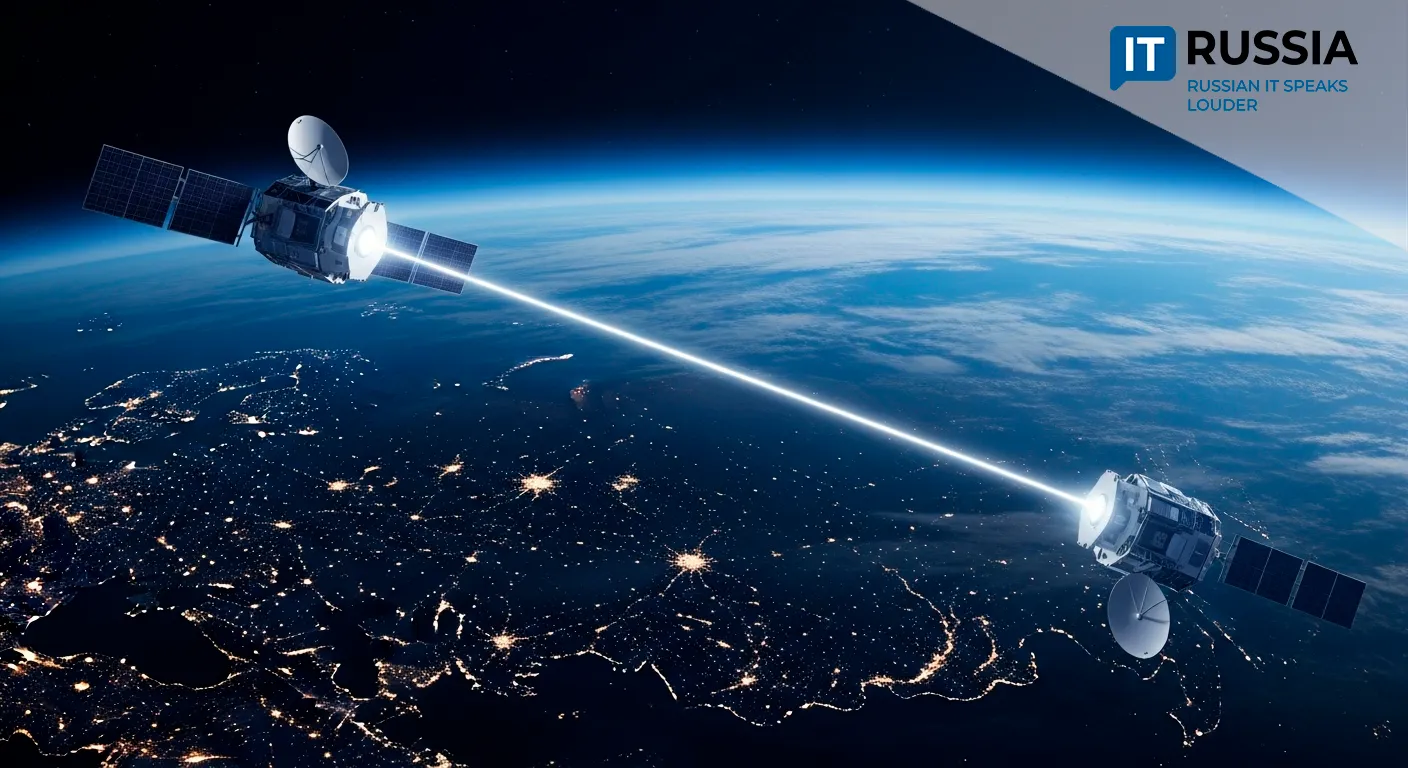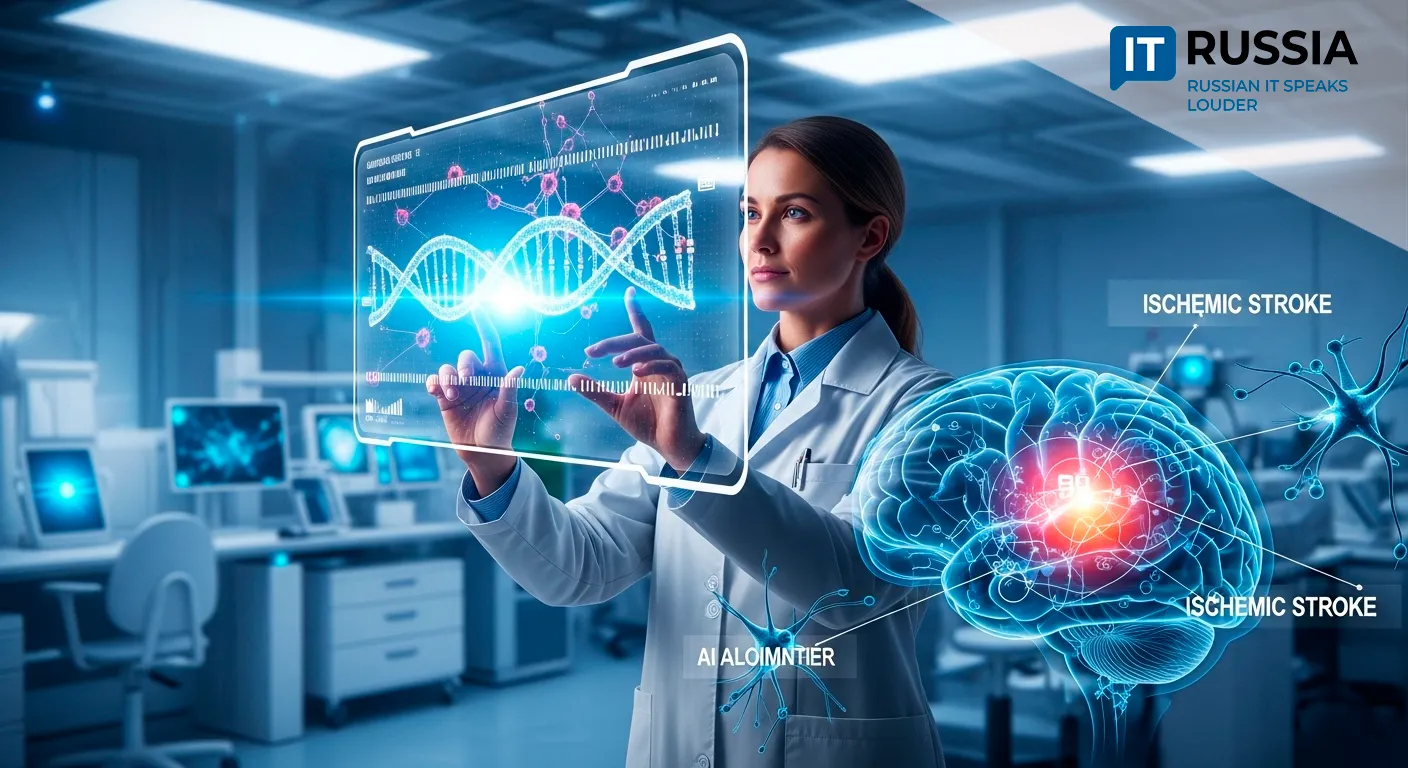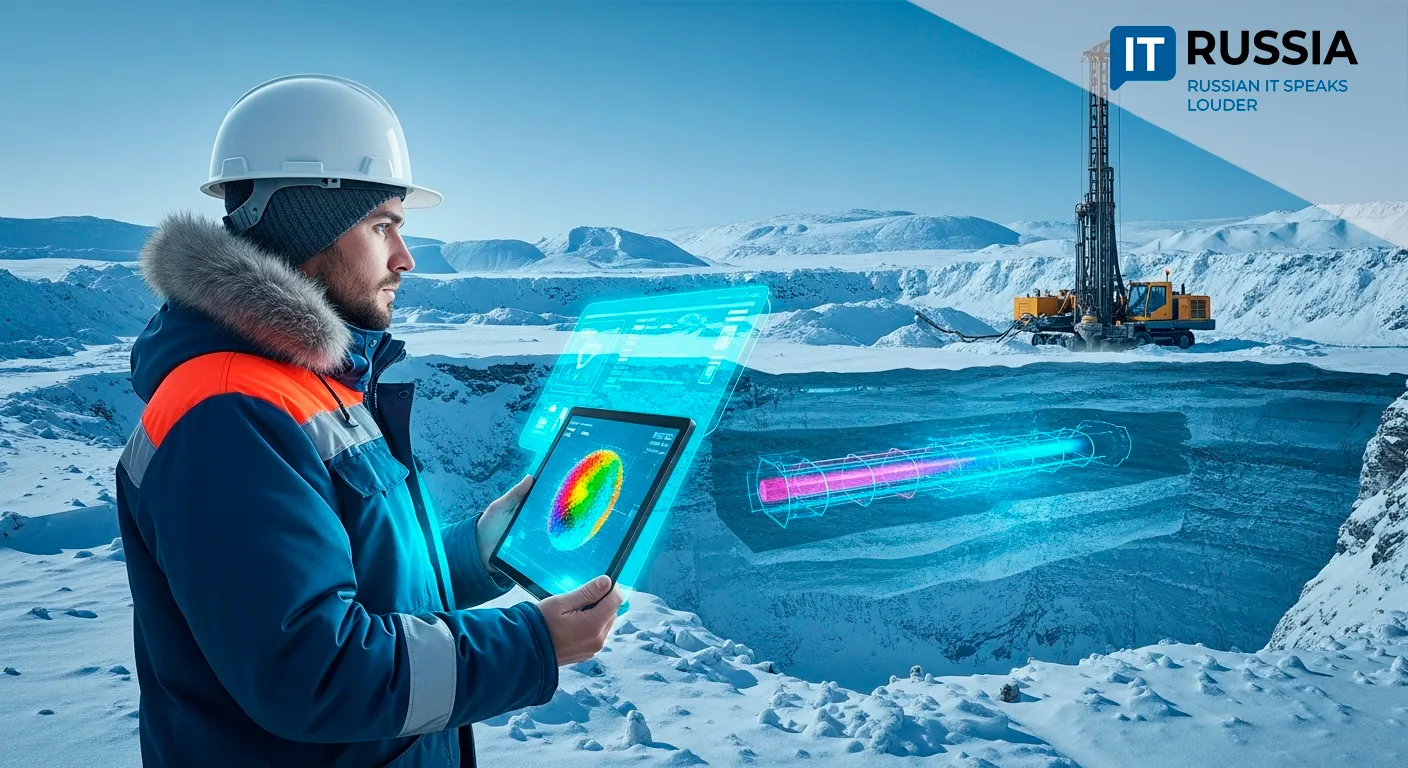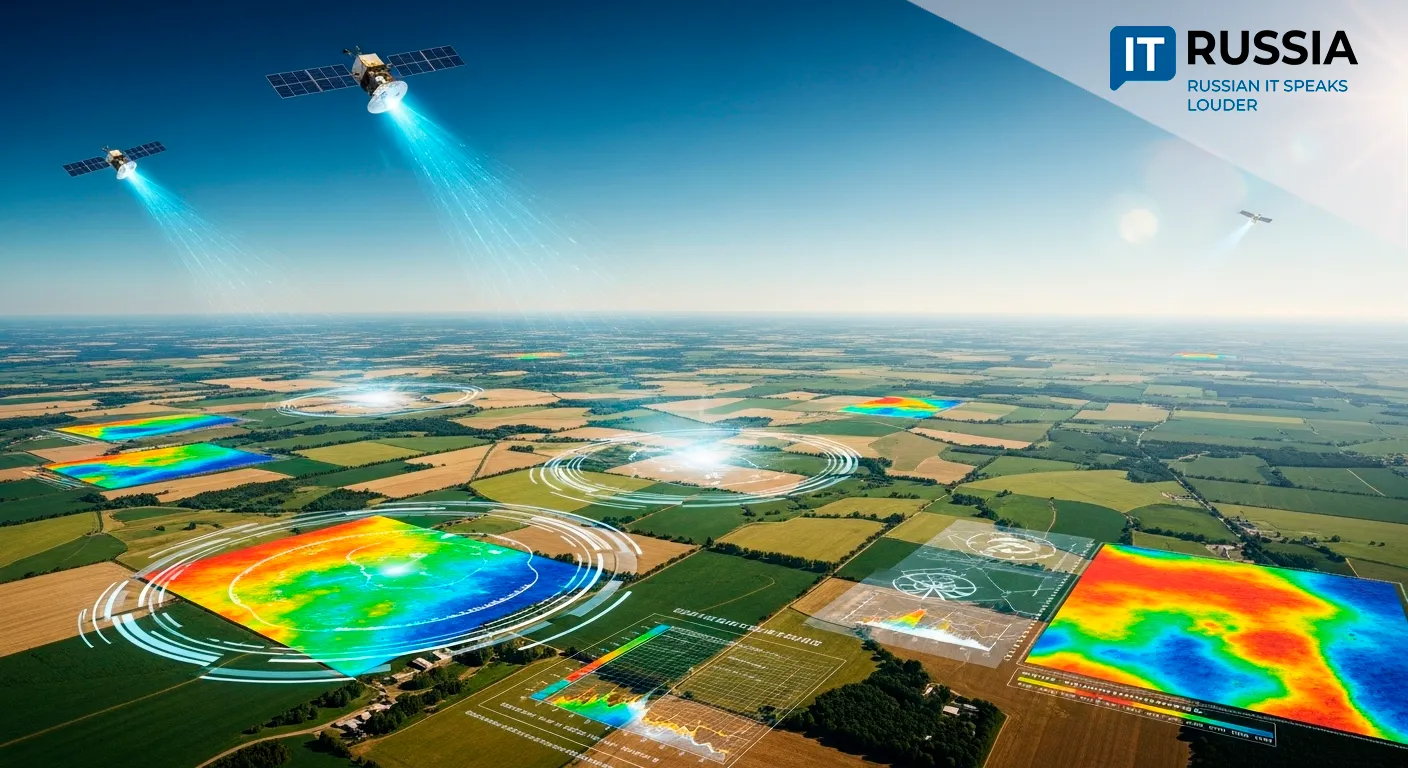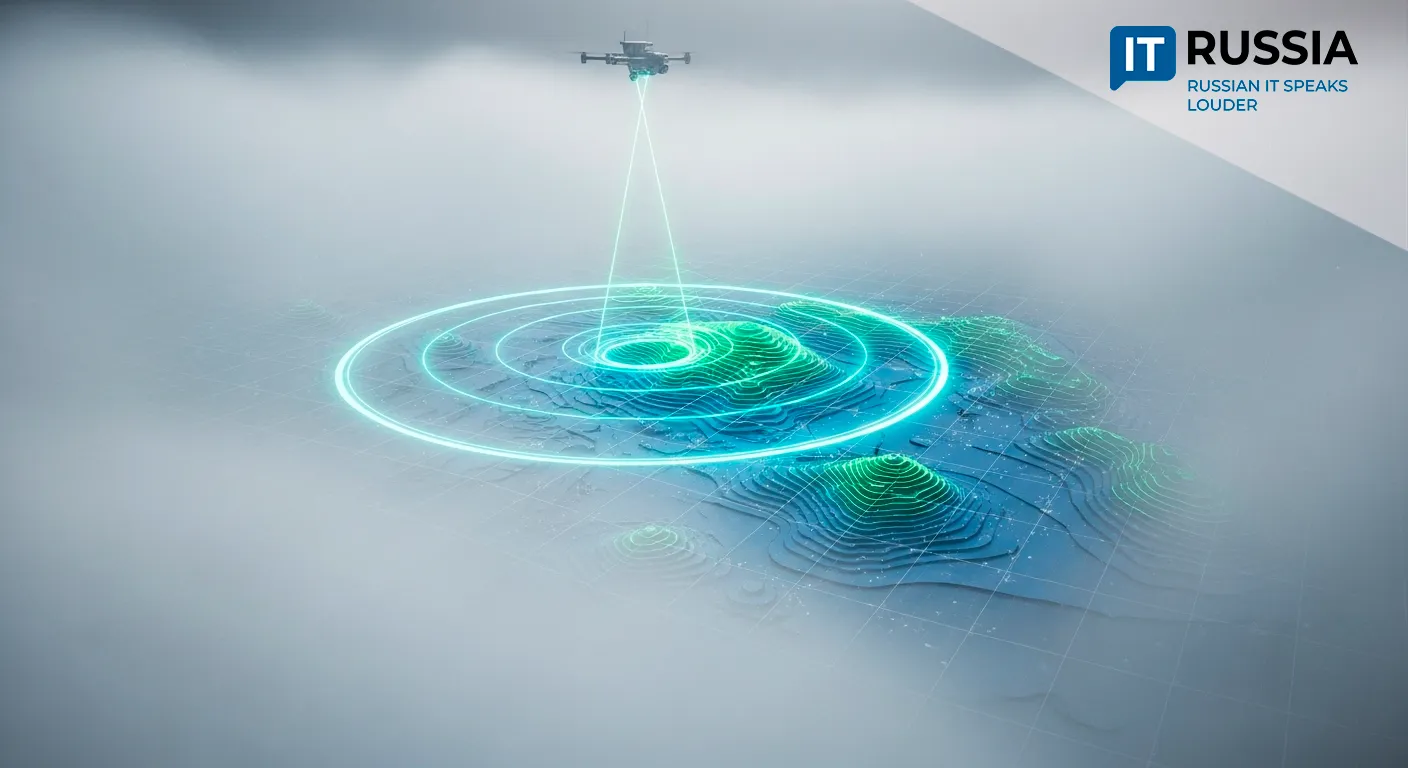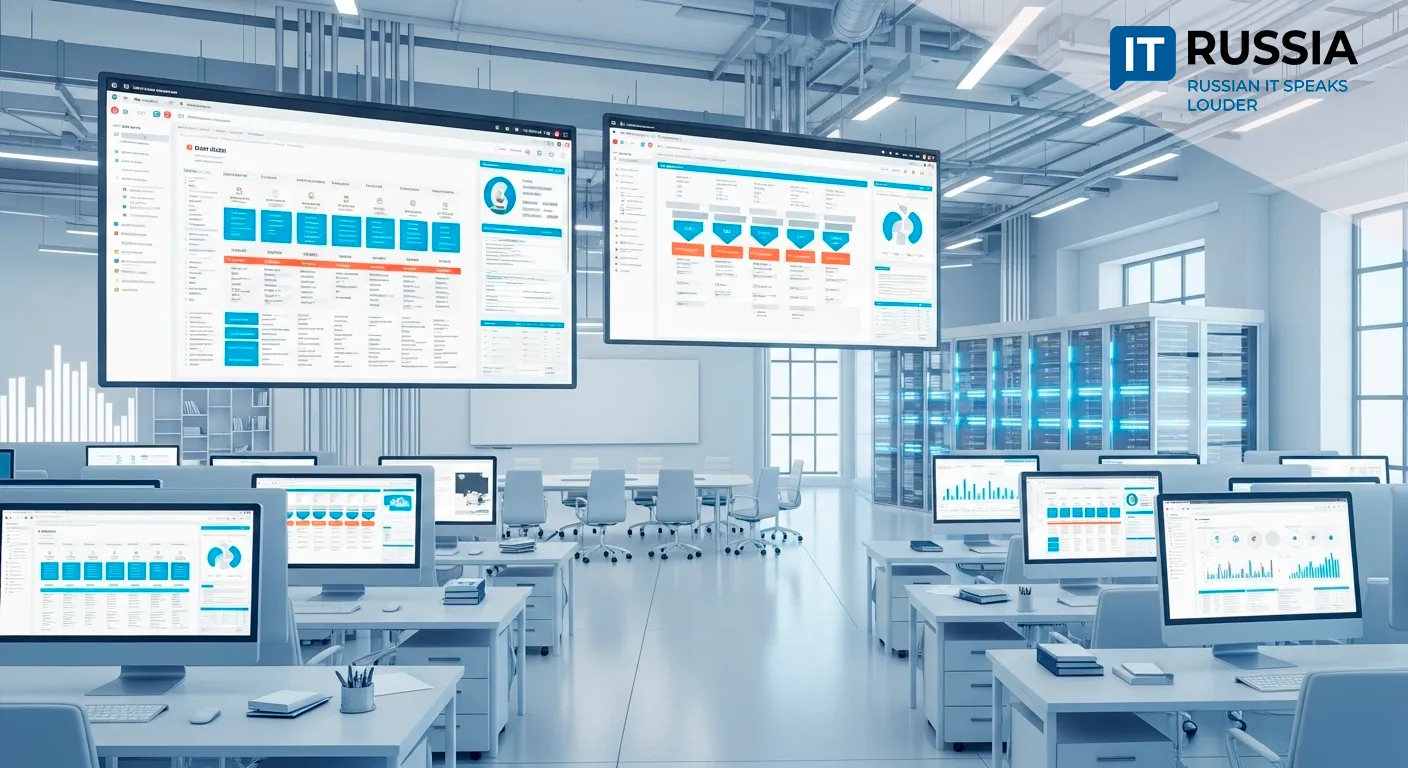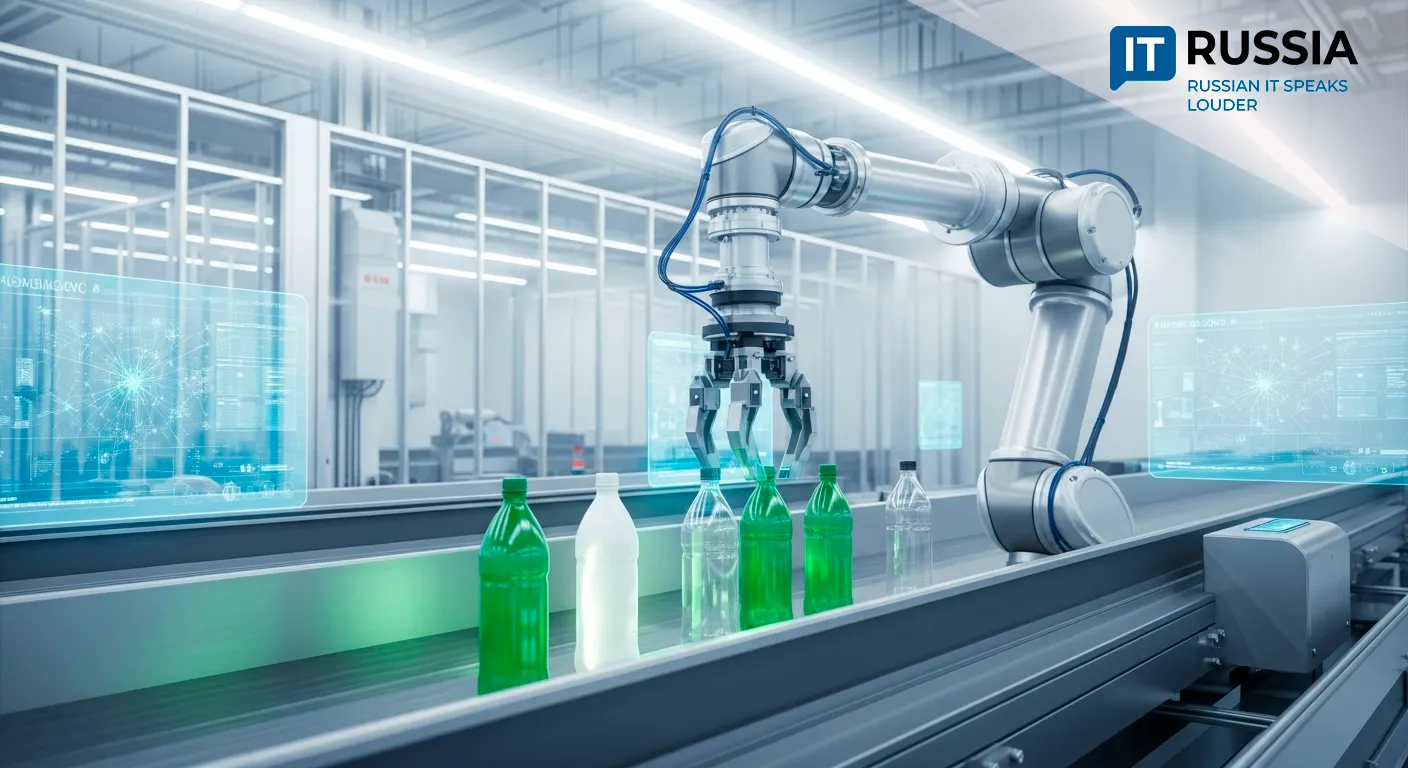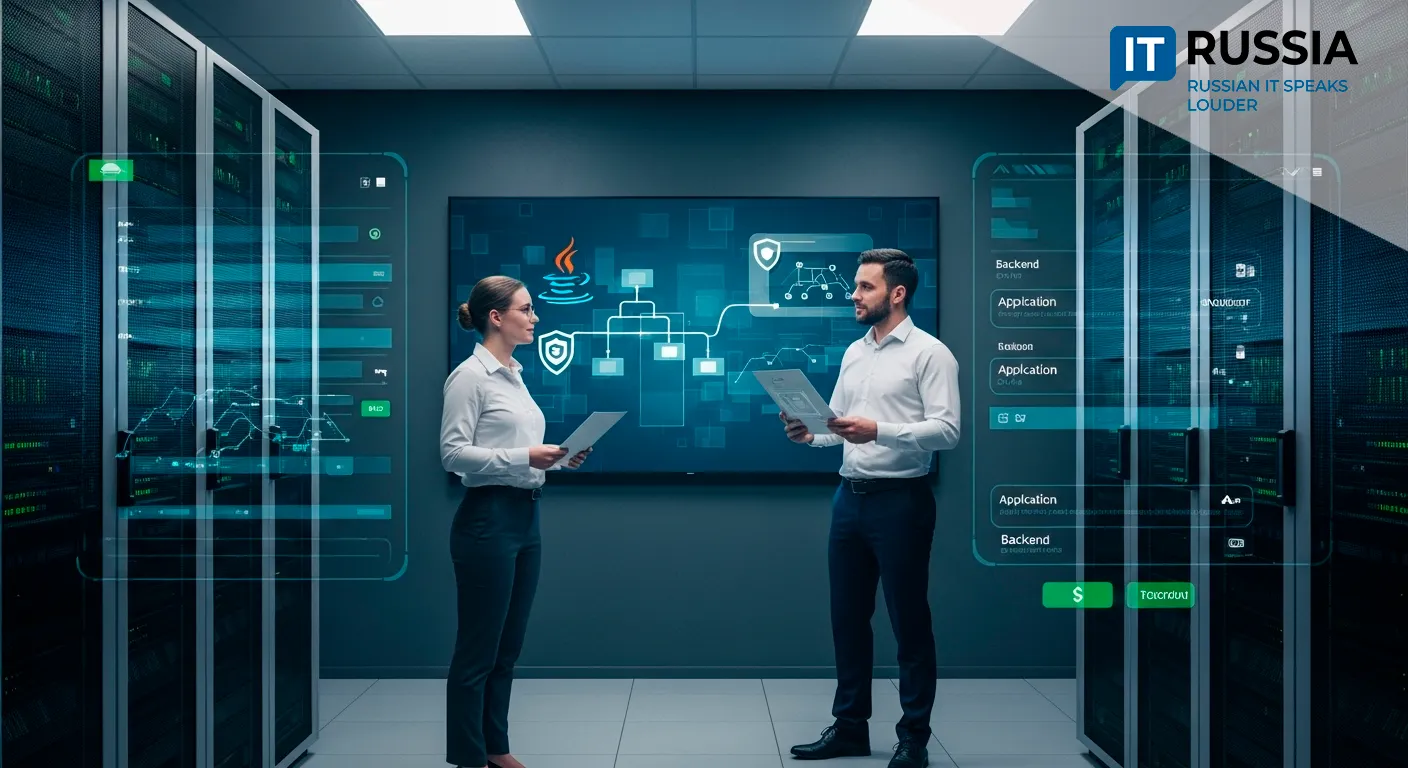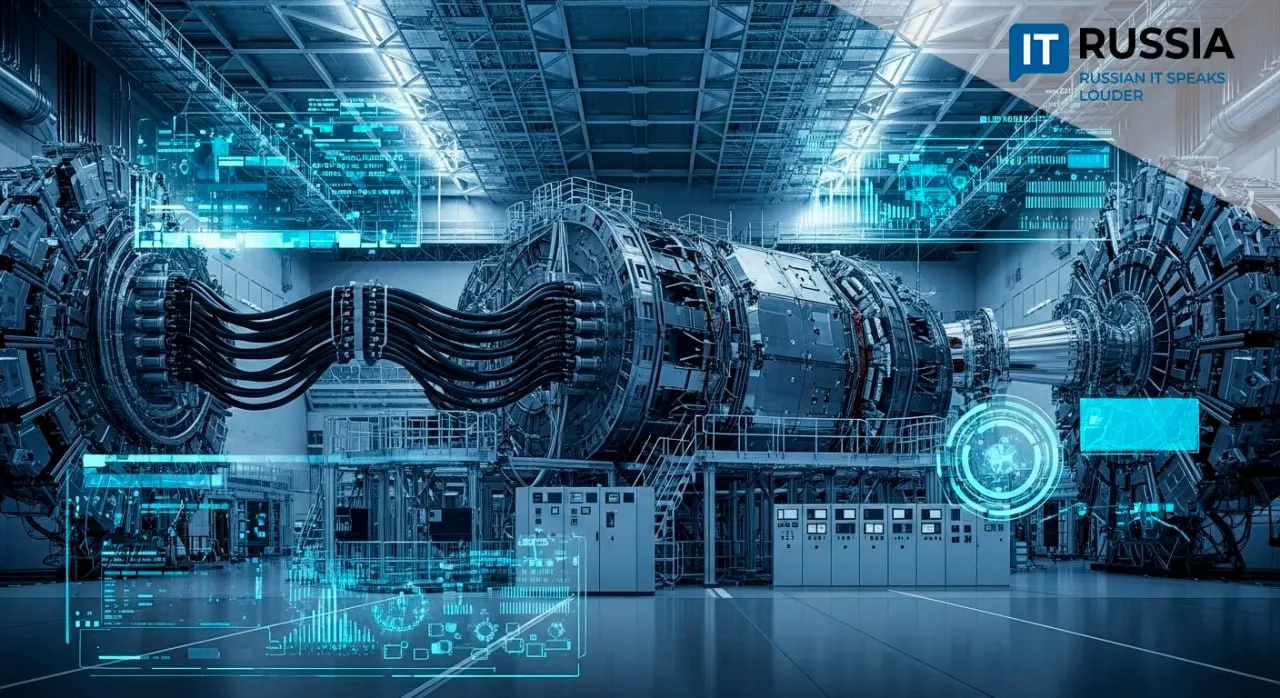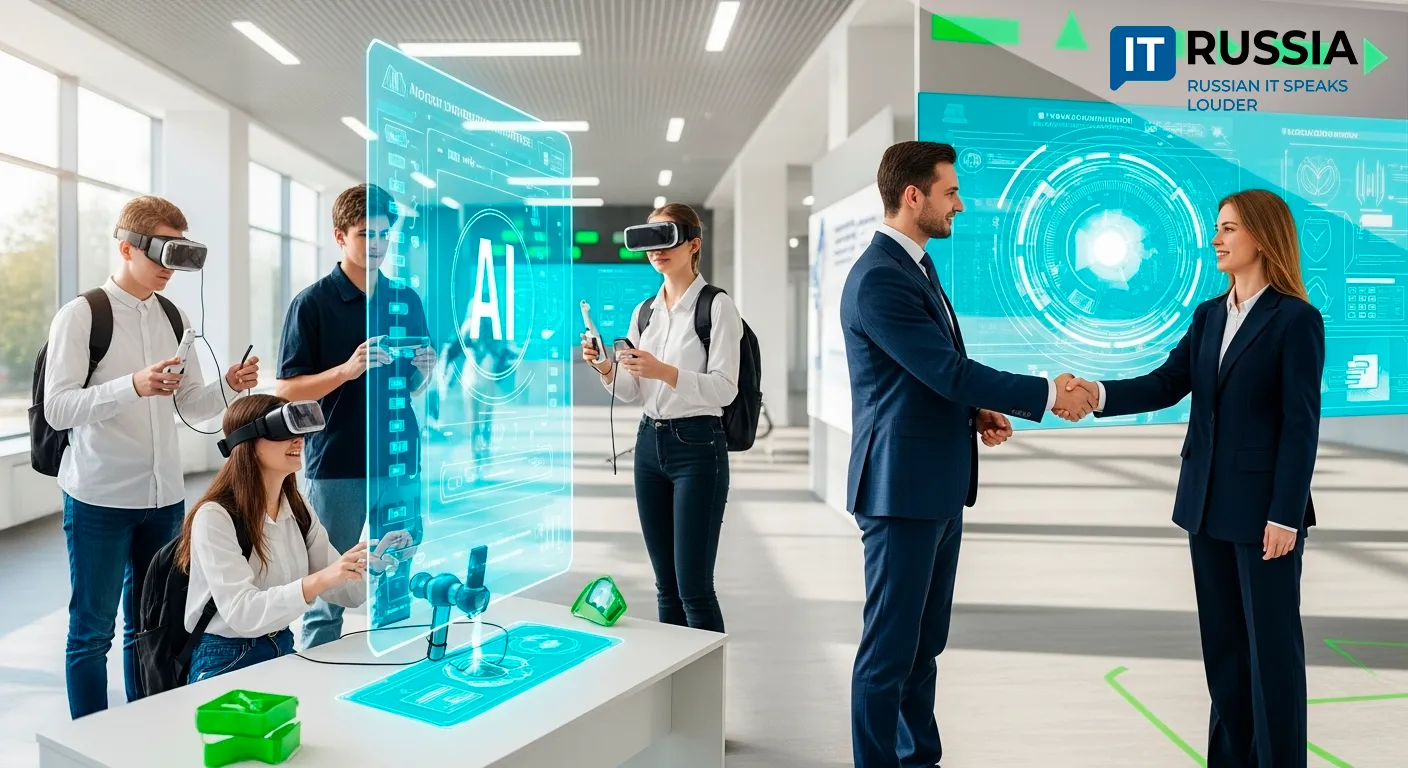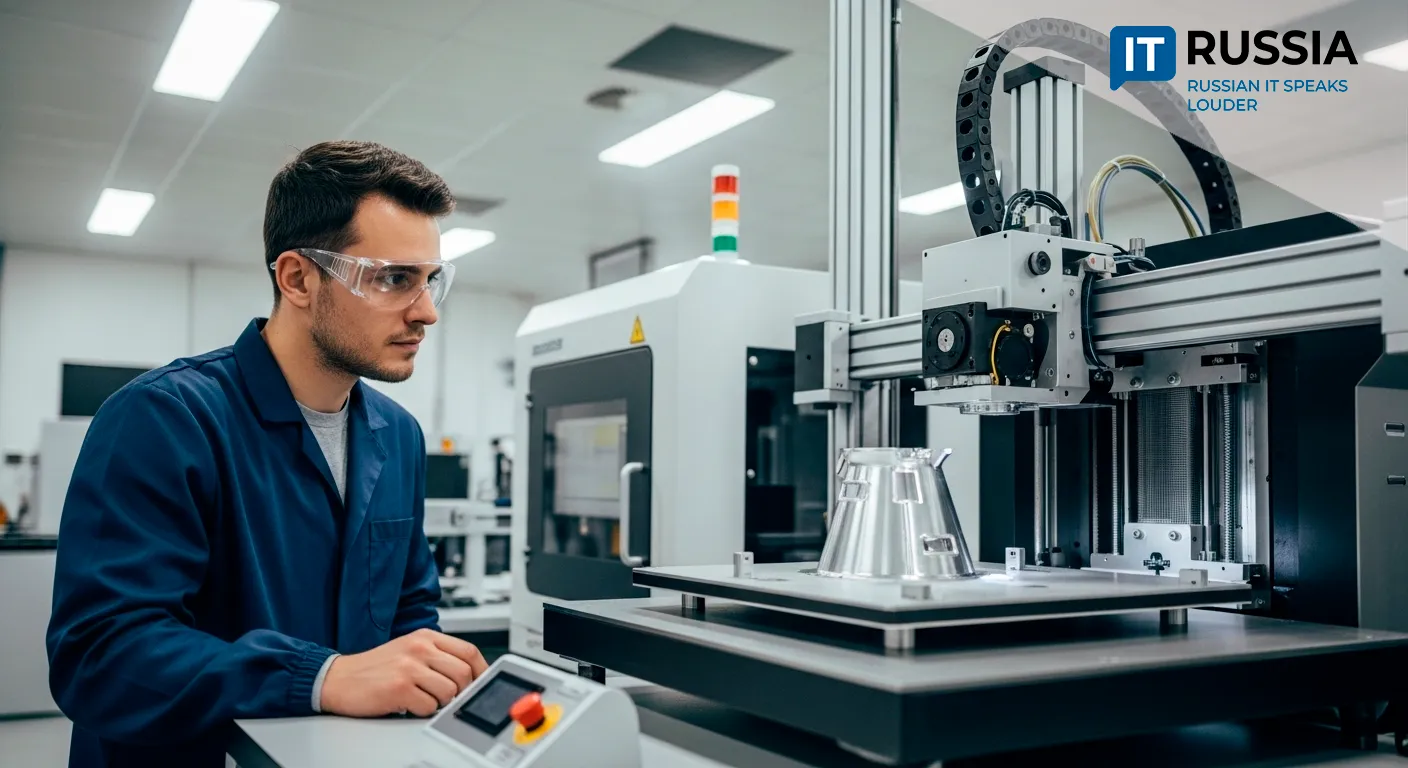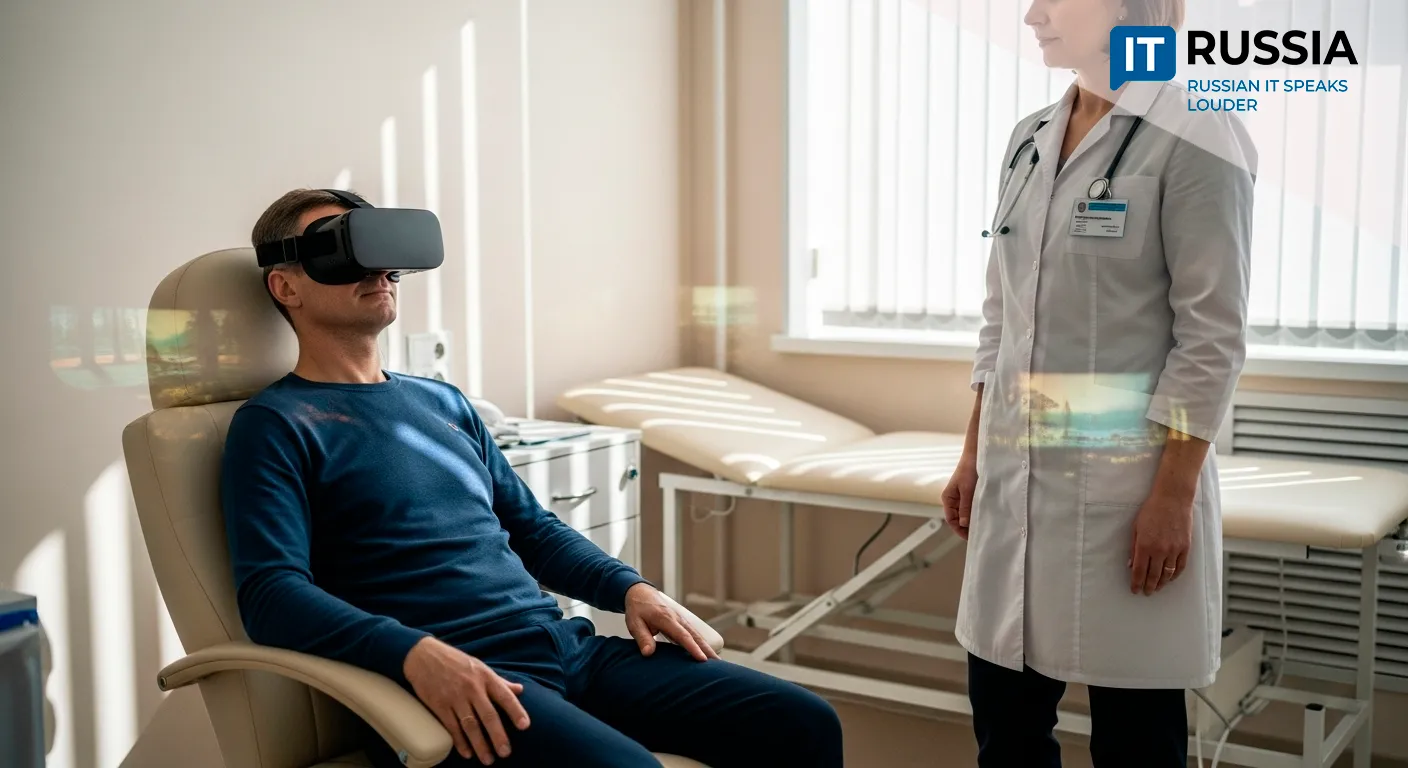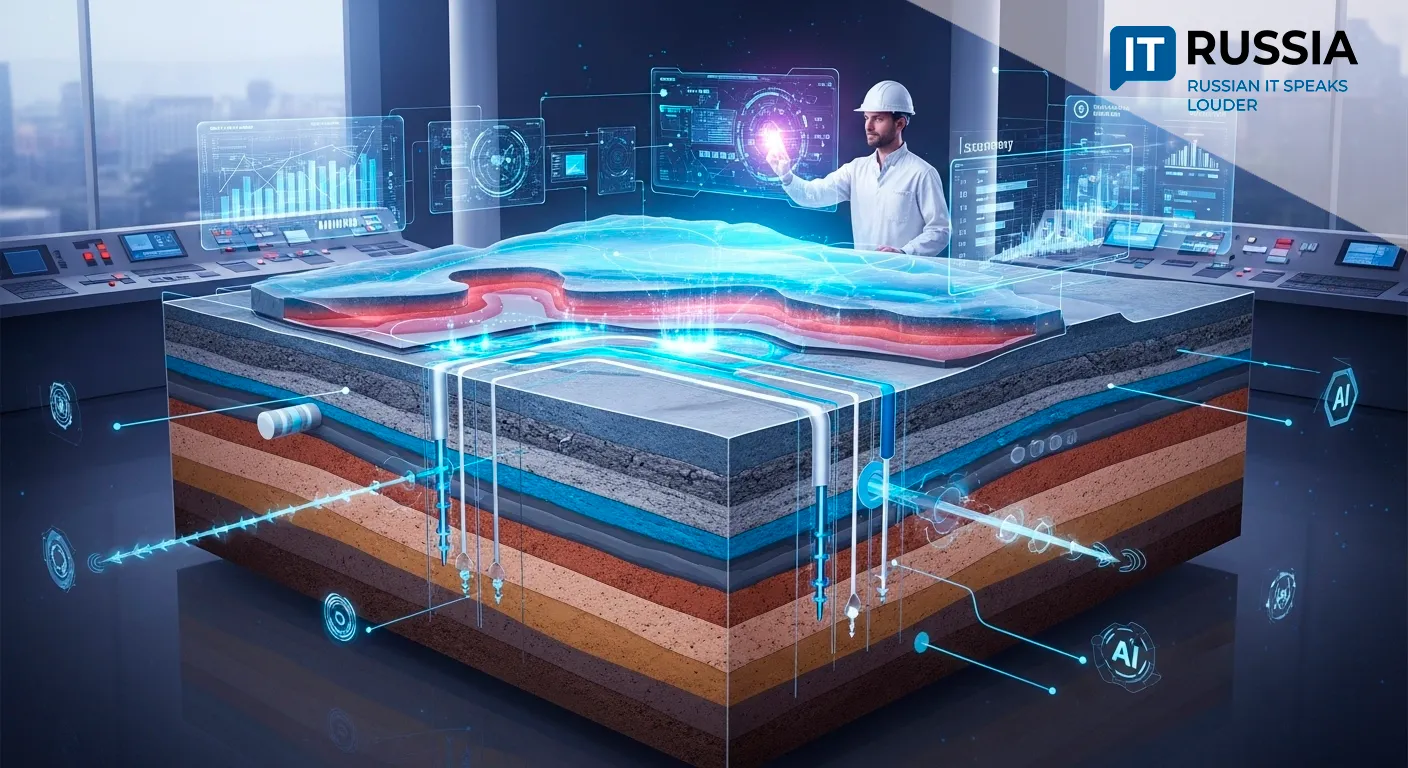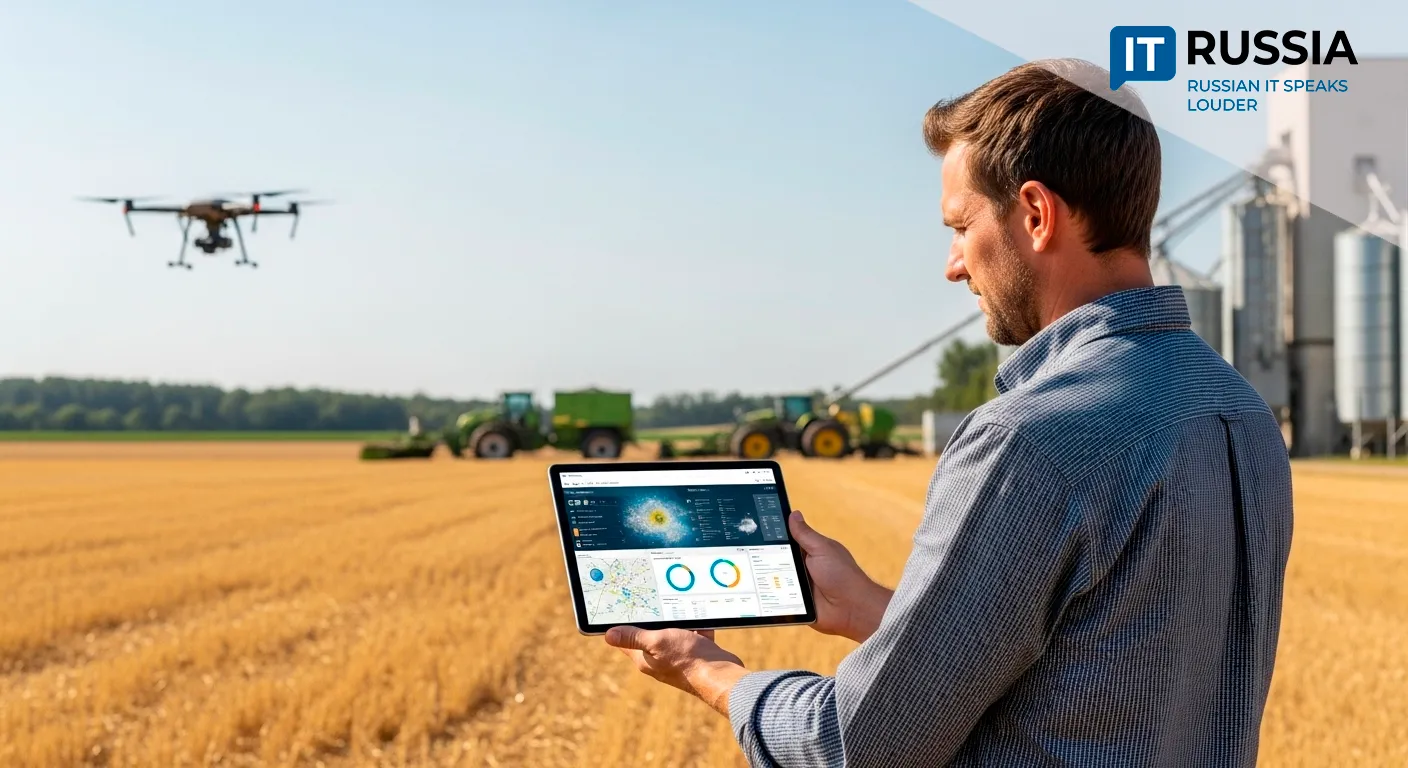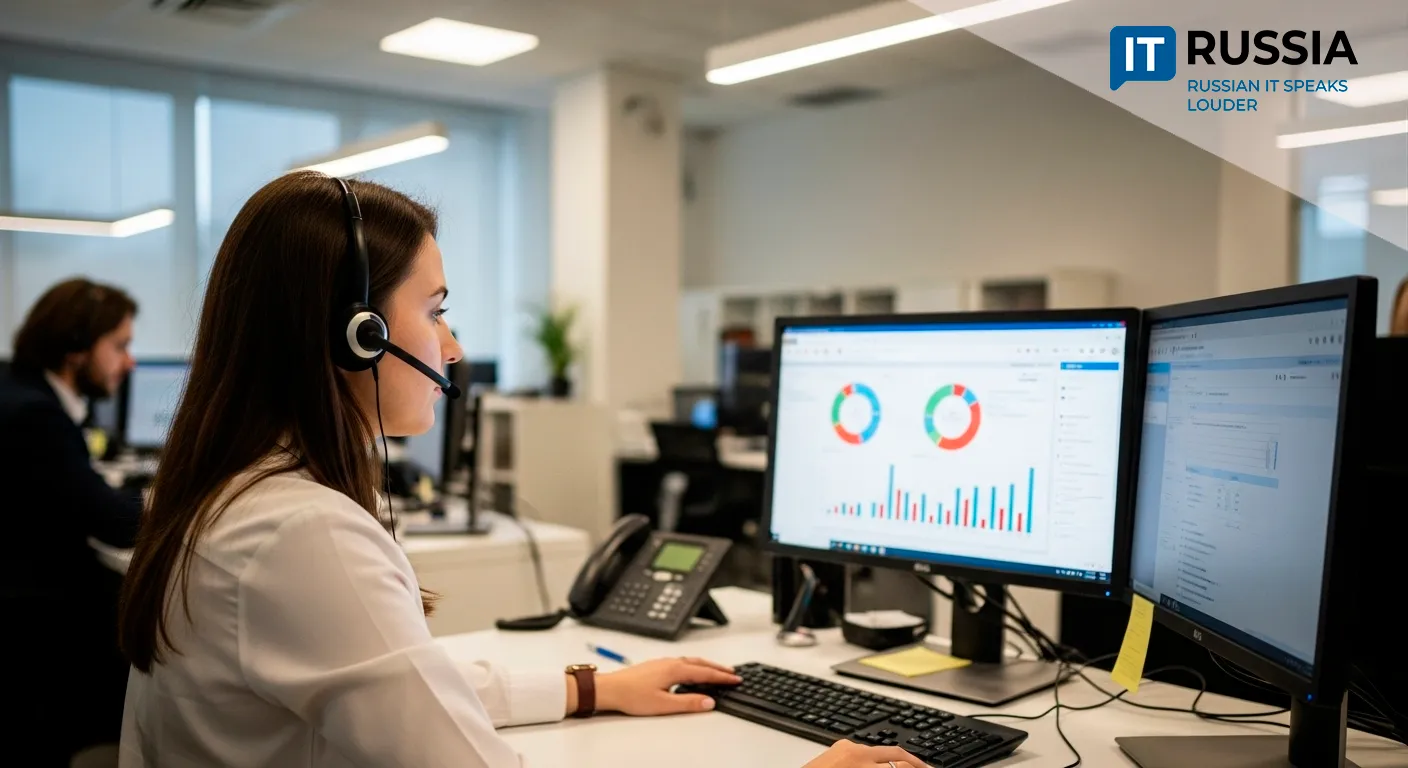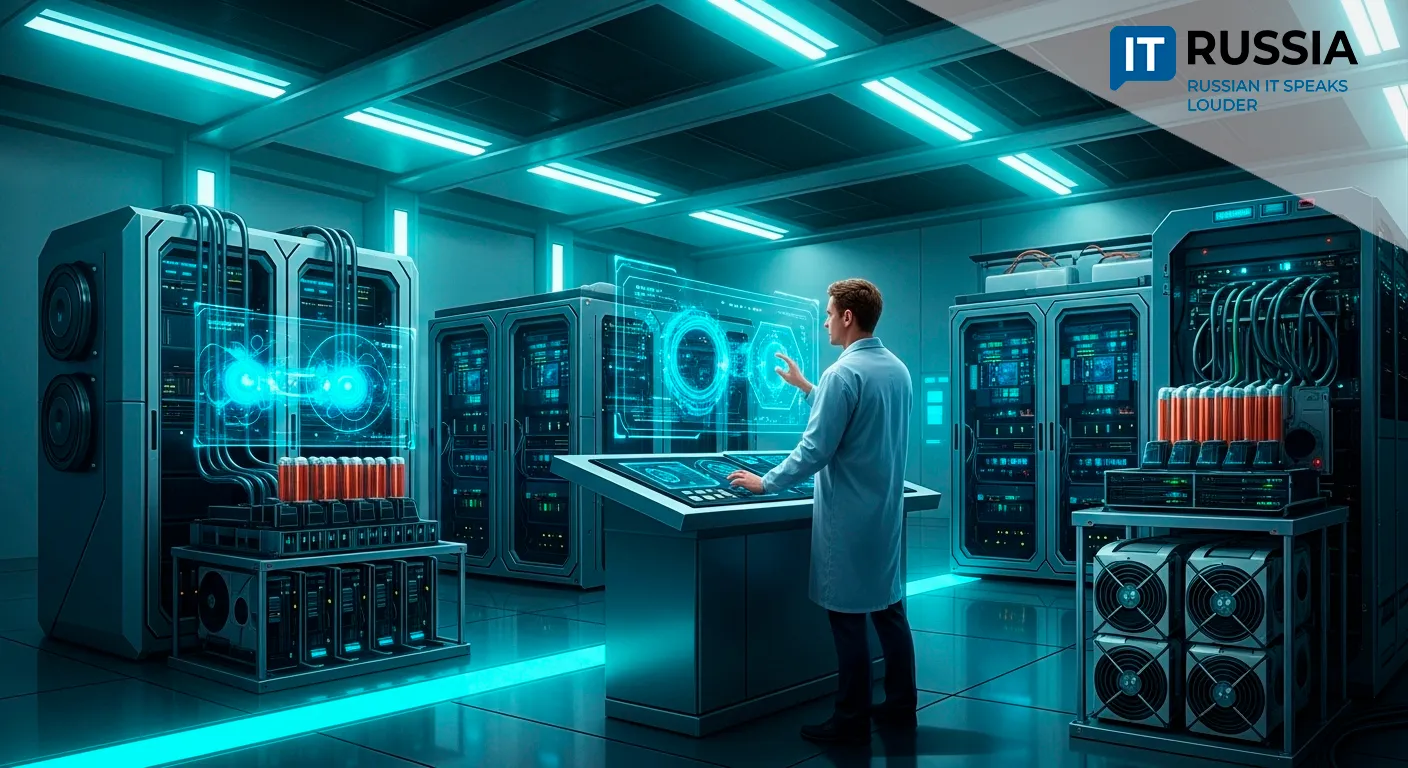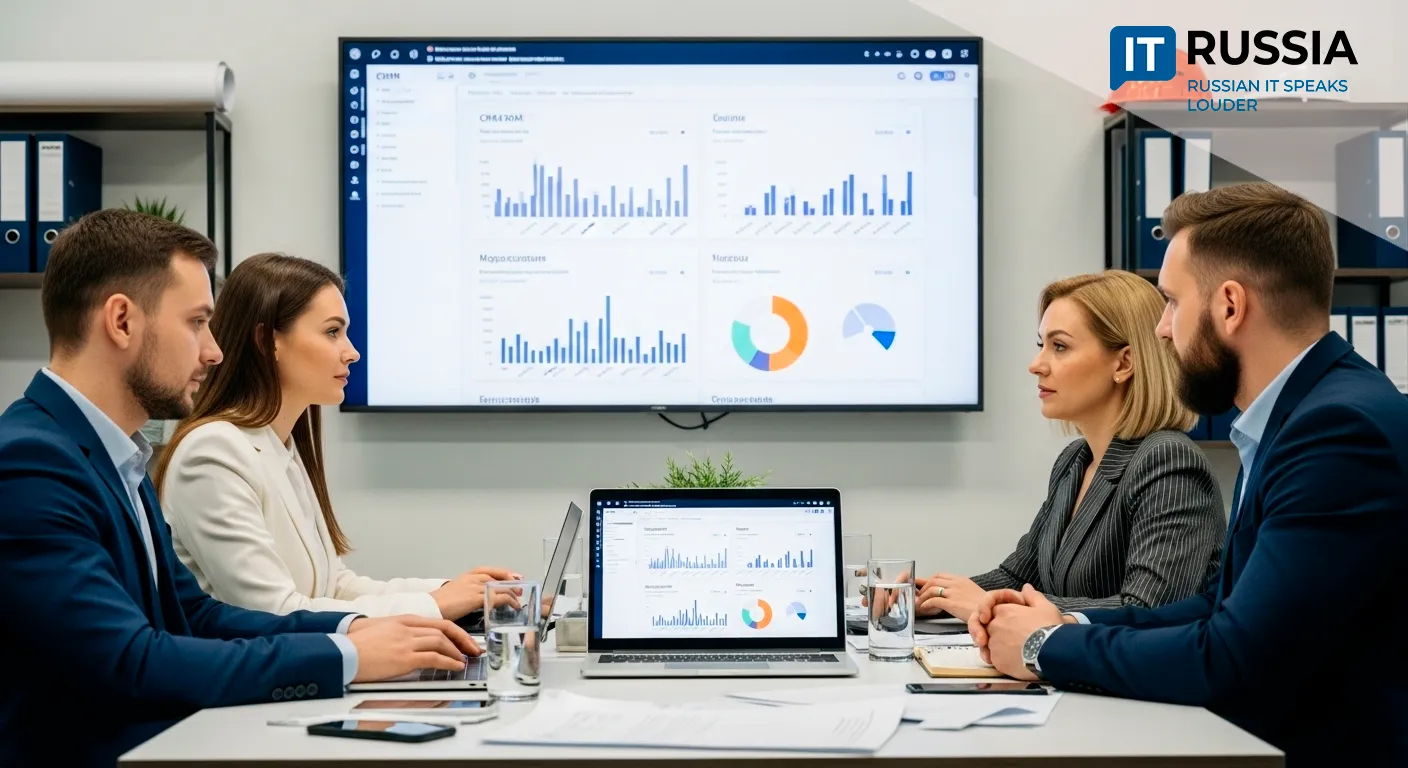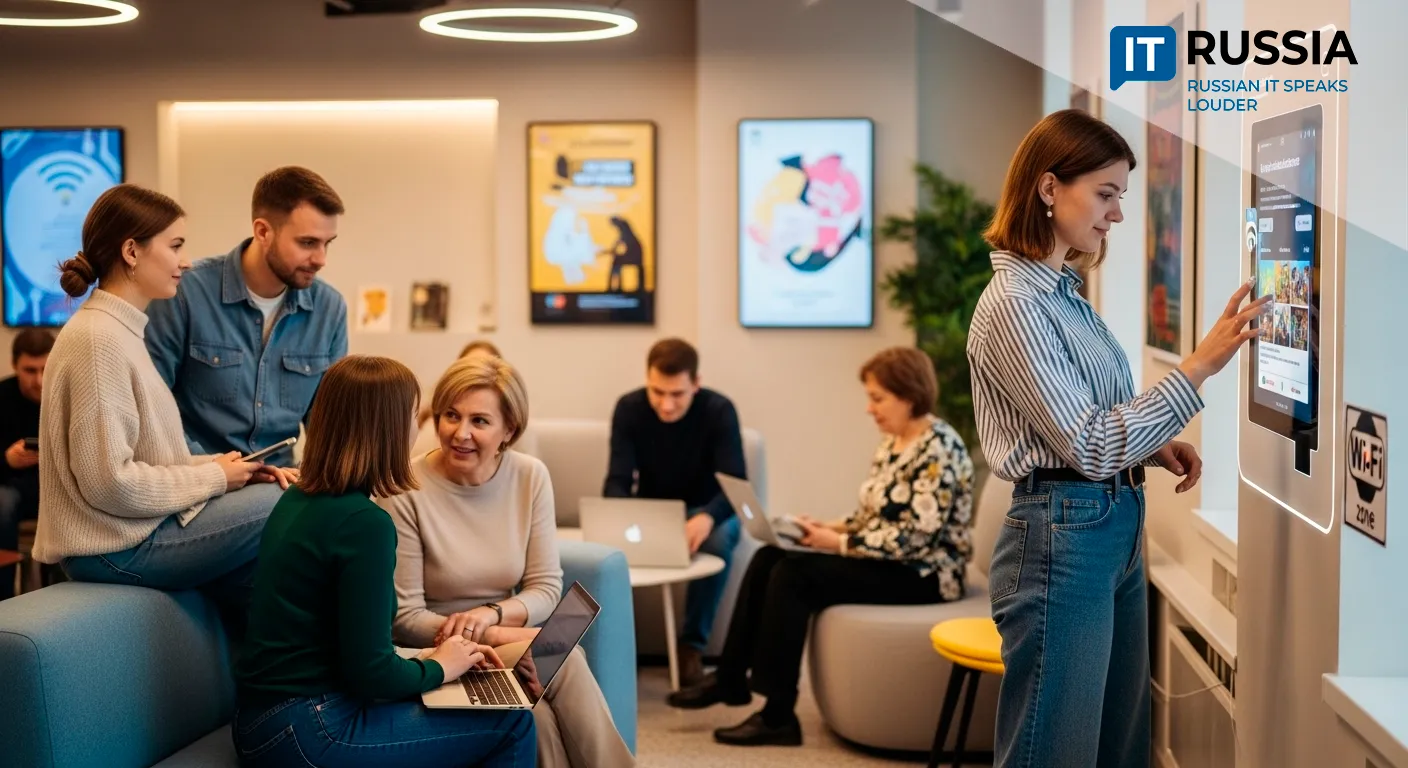Russia Is Building an Engineering Superclass With the Help of Innovative Educational Platforms
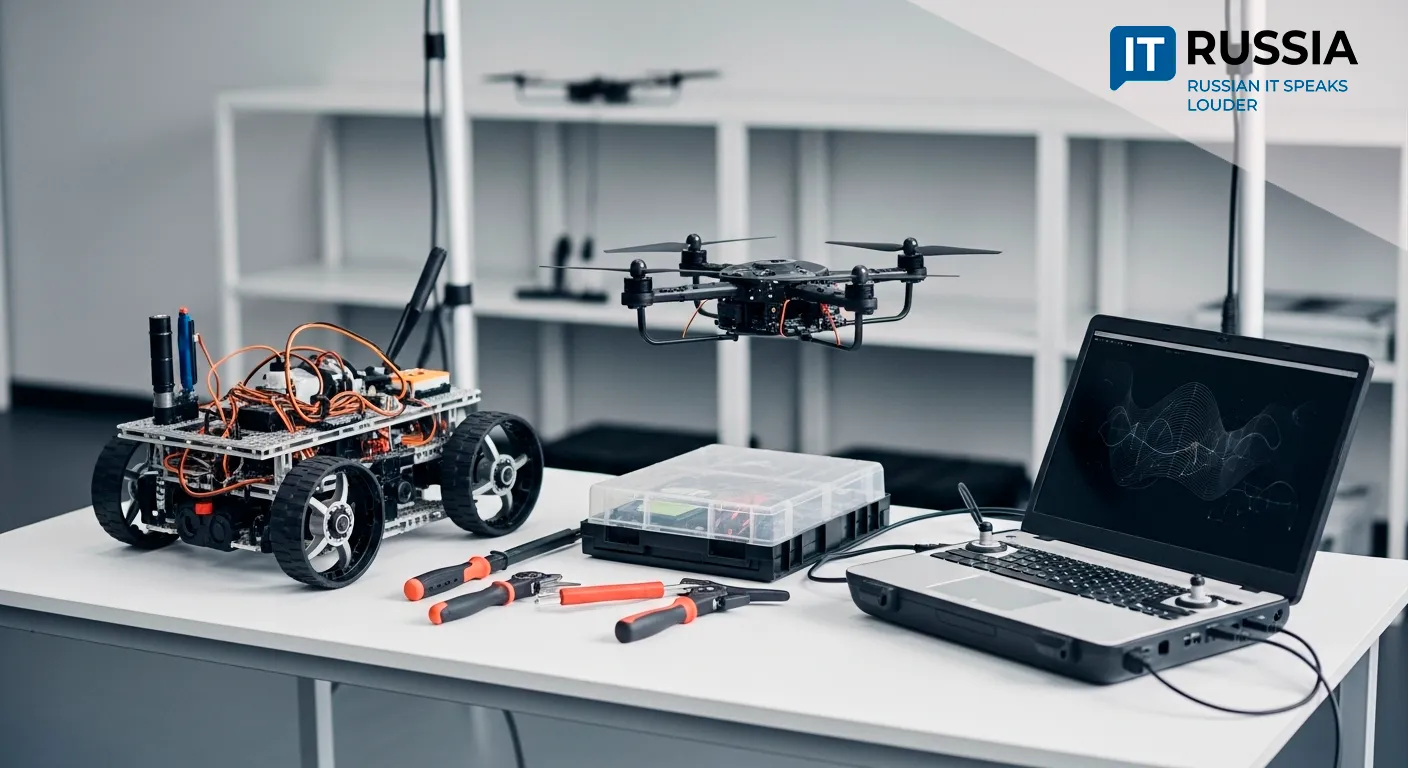
Russia unveils advanced educational tools to train the next generation of robotics and AI professionals, reinforcing its industrial independence and tech leadership.
Comprehensive Robotics-Based Learning Platforms
At the INNOPROM–2025 international industrial trade fair, two groundbreaking educational robotics kits were introduced: “Nerpa” (a remotely operated underwater vehicle) and “Ikar” (a multirotor drone platform). These were developed by the Institute of Computational Mathematics and Information Technologies and the Institute of Artificial Intelligence, Robotics and Systems Engineering at Kazan Federal University.
The Nerpa kit is based on an underwater ROV and gives students hands-on experience with designing, assembling, calibrating, and operating underwater robotic systems. Meanwhile, the Ikar platform offers both manual FPV-based piloting and autonomous indoor flight thanks to its advanced local navigation system.
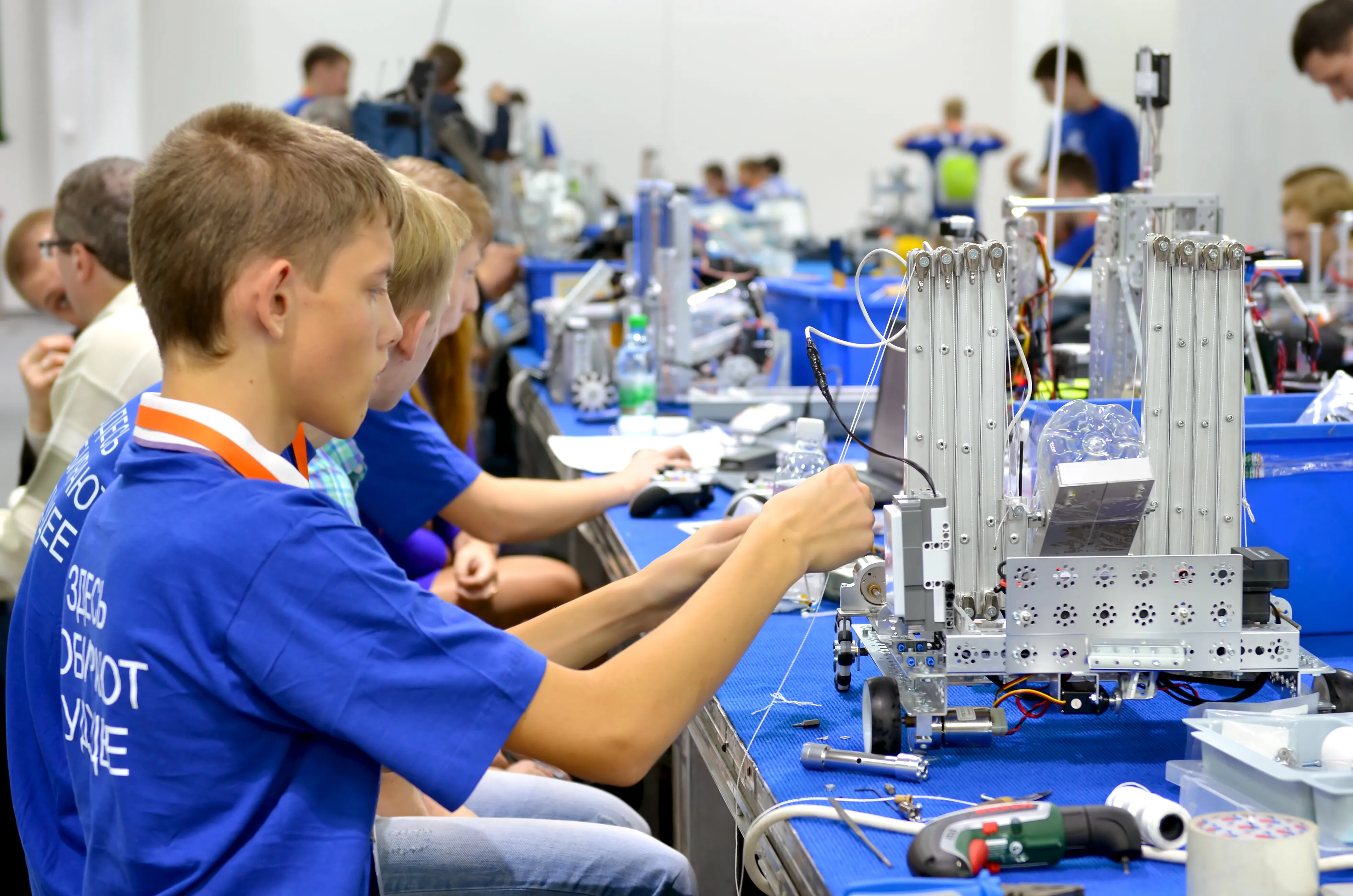
Far more than just kits, Nerpa and Ikar are comprehensive learning ecosystems. Their educational methodology guides students through every stage of engagement—from hardware assembly and system configuration to autonomous operation and real-world applications.
Hands-On Training With Real-World Machines
The goal of these projects is to serve as cornerstone tools in Russia’s early-stage engineering education pipeline. From primary schools to universities, students can gain practical robotics skills that translate directly to industrial needs. This hands-on training helps form a deep STEM talent pool aligned with Russia’s regional and national manufacturing goals and underscores the country’s commitment to technological and human-resource sovereignty.
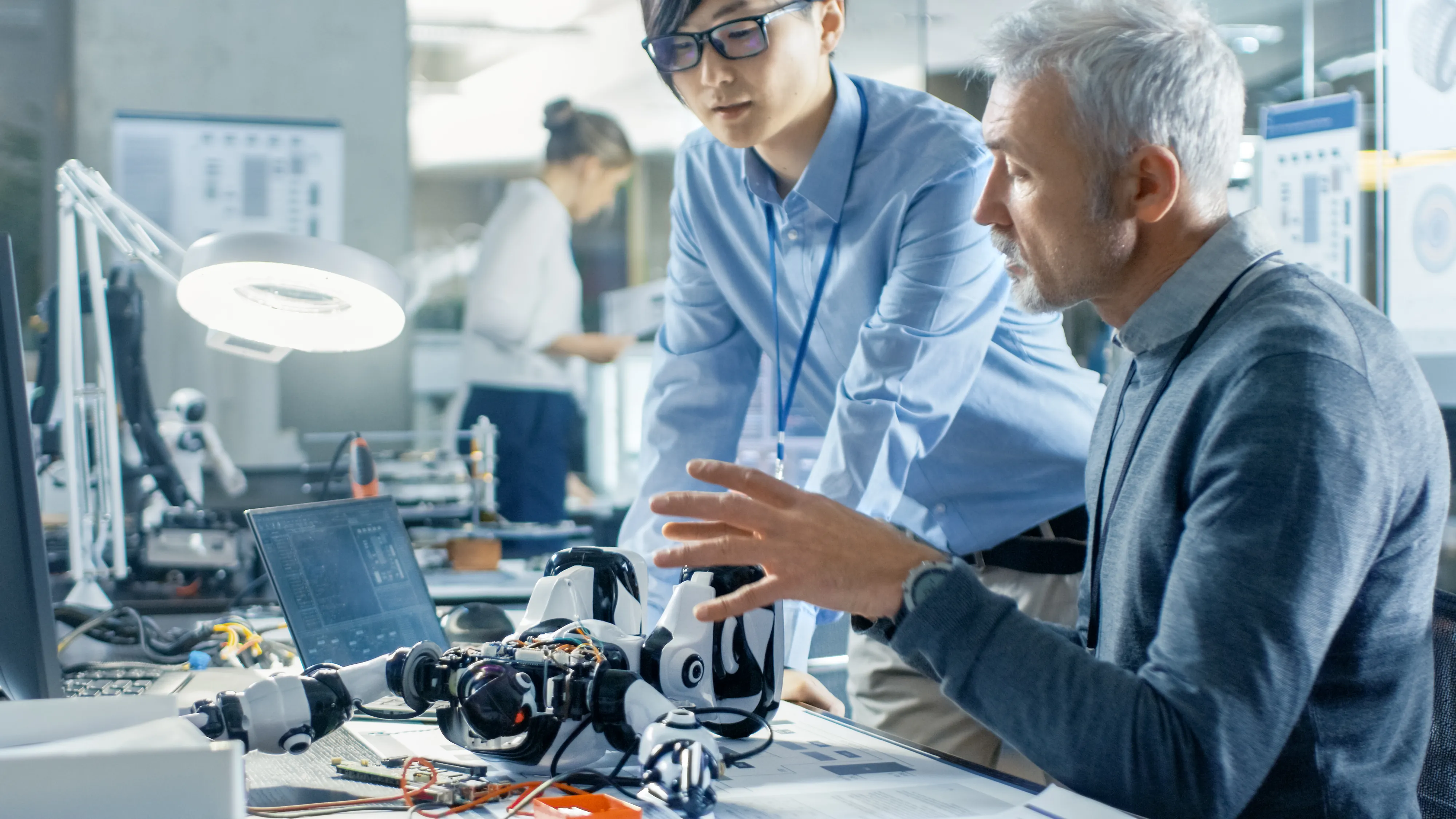
Early Immersion in Robotics Education
By introducing applied training through projects like Nerpa and Ikar at a young age, Russian students gain early exposure to future-focused disciplines—AI, robotics, and digital engineering. This boosts engagement and prepares them for high-demand tech careers.
Russia’s Ministry of Science and Higher Education, together with the Innosfera Foundation, is planning to launch similar platforms in other regions through partnerships with local IT clusters. The use of robotics in emergency response and pandemic scenarios also highlights the value of training students in autonomous systems and drones.
Equally vital is building strong links between education and industry. Large companies like Gazprom Neft and Sber are exploring partnerships with these programs to align workforce development with real-world needs.
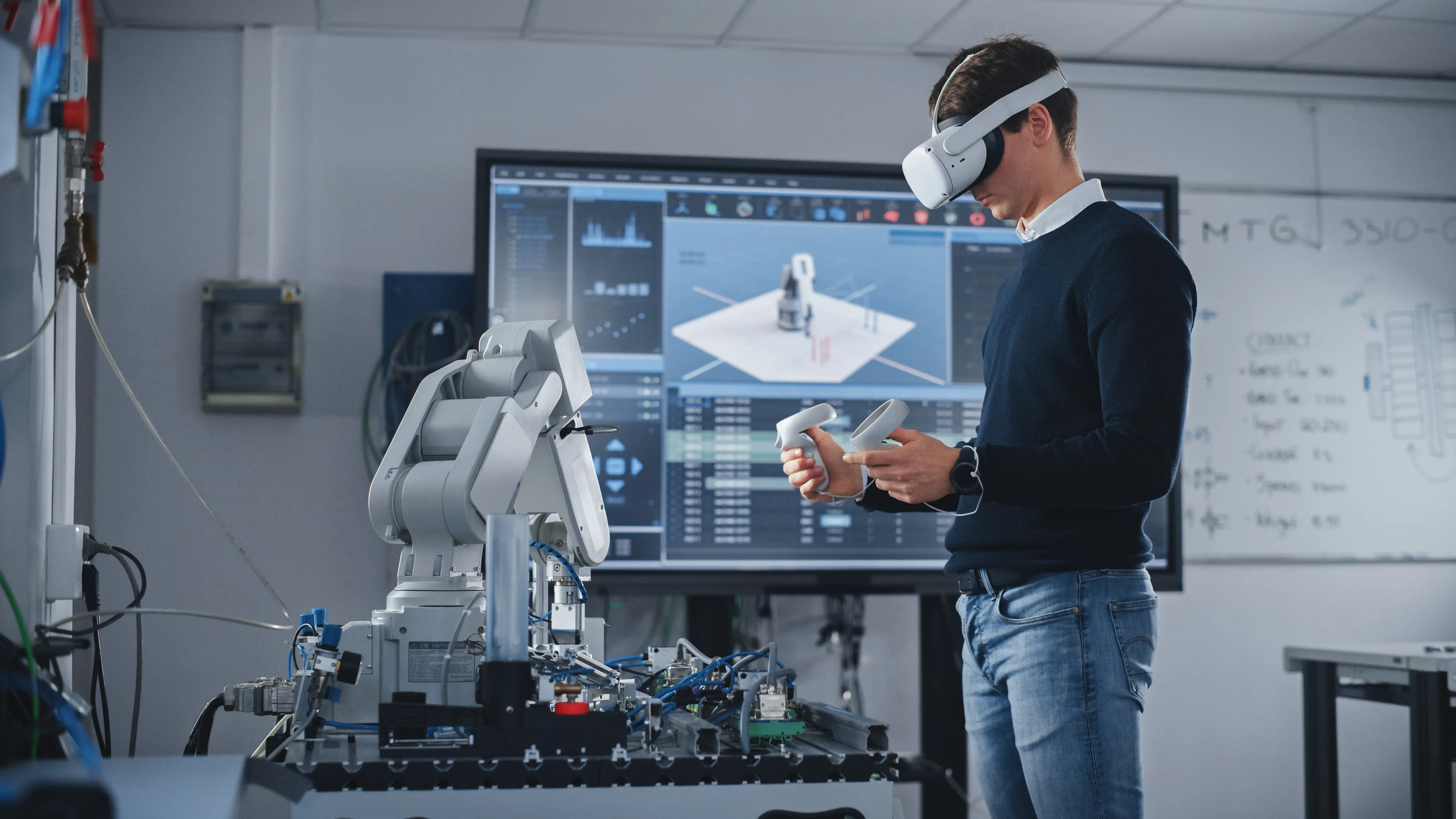
Robotics Platforms as a Backbone of EdTech Growth
Tatarstan has emerged as a leader in technological education, with universities like Innopolis University pioneering practical robotics instruction. One initiative gaining momentum is REDEDUCATION—a set of robotics training stations developed for technical universities, colleges, and training centers.
These REDEDUCATION modules include collaborative and industrial robotic arms, giving students access to real-world tools found in sectors such as manufacturing, mechanical engineering, and healthcare.
The trend is clear: educational robotics platforms are becoming powerful instruments of practical learning and technological readiness. Projects like Nerpa and Ikar are part of a broader effort to create a technically skilled engineering elite equipped for hands-on problem solving and innovation.
With government support and increased public funding, EdTech is solidifying its position as both a profitable industry and a driver of social impact. Experts forecast the integration of robotics curricula into schools and universities across Russia, with export potential following successful certification.



